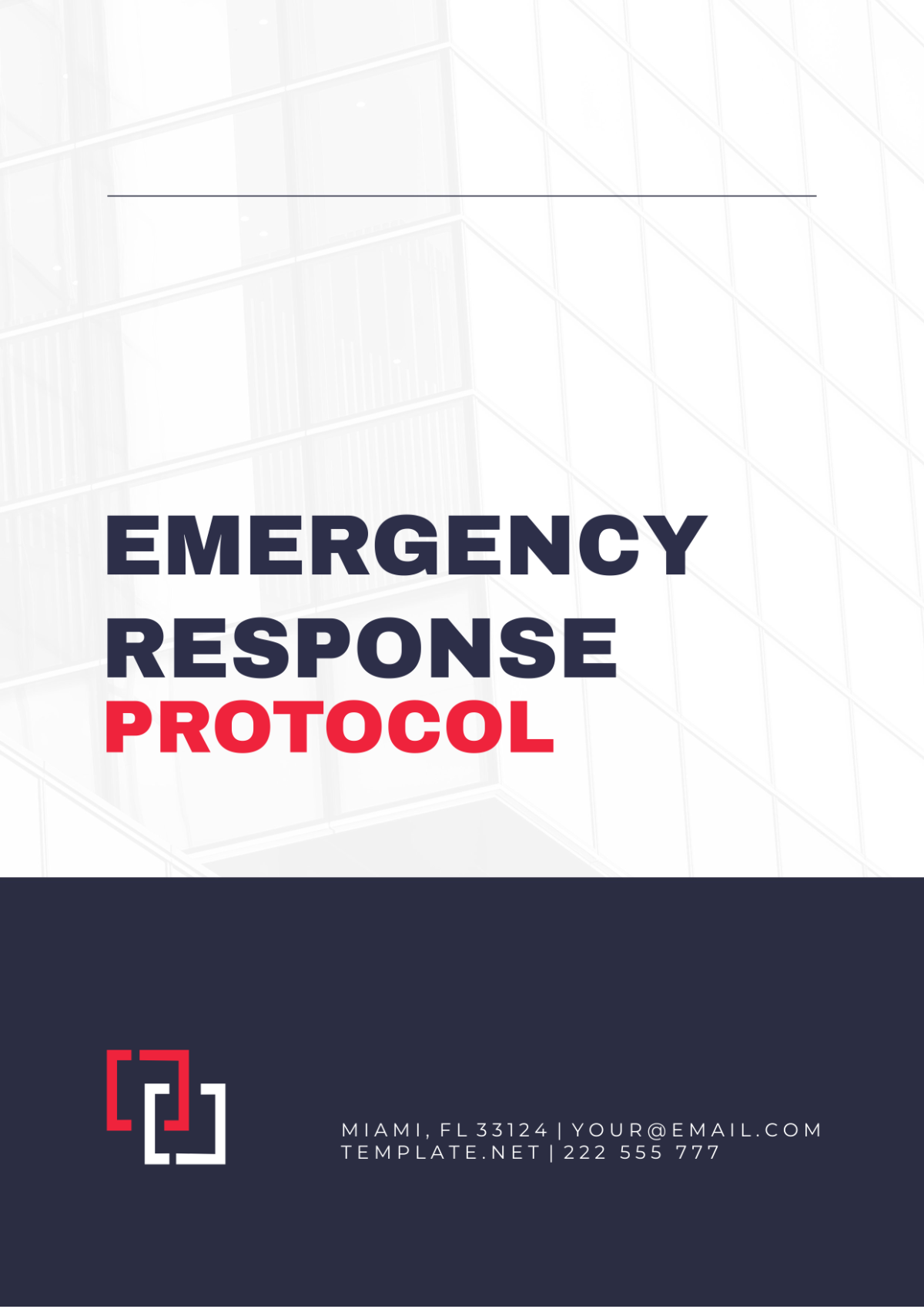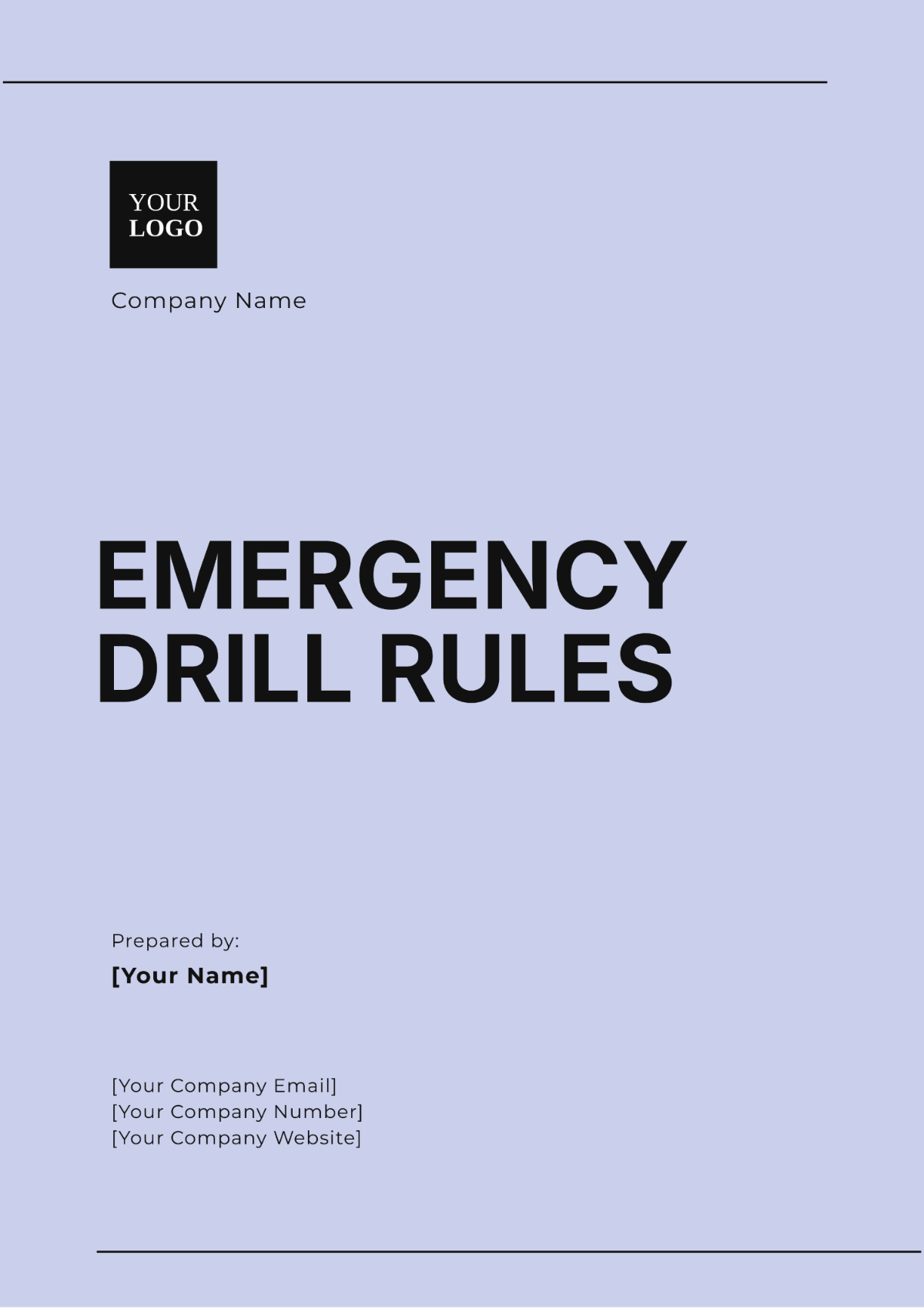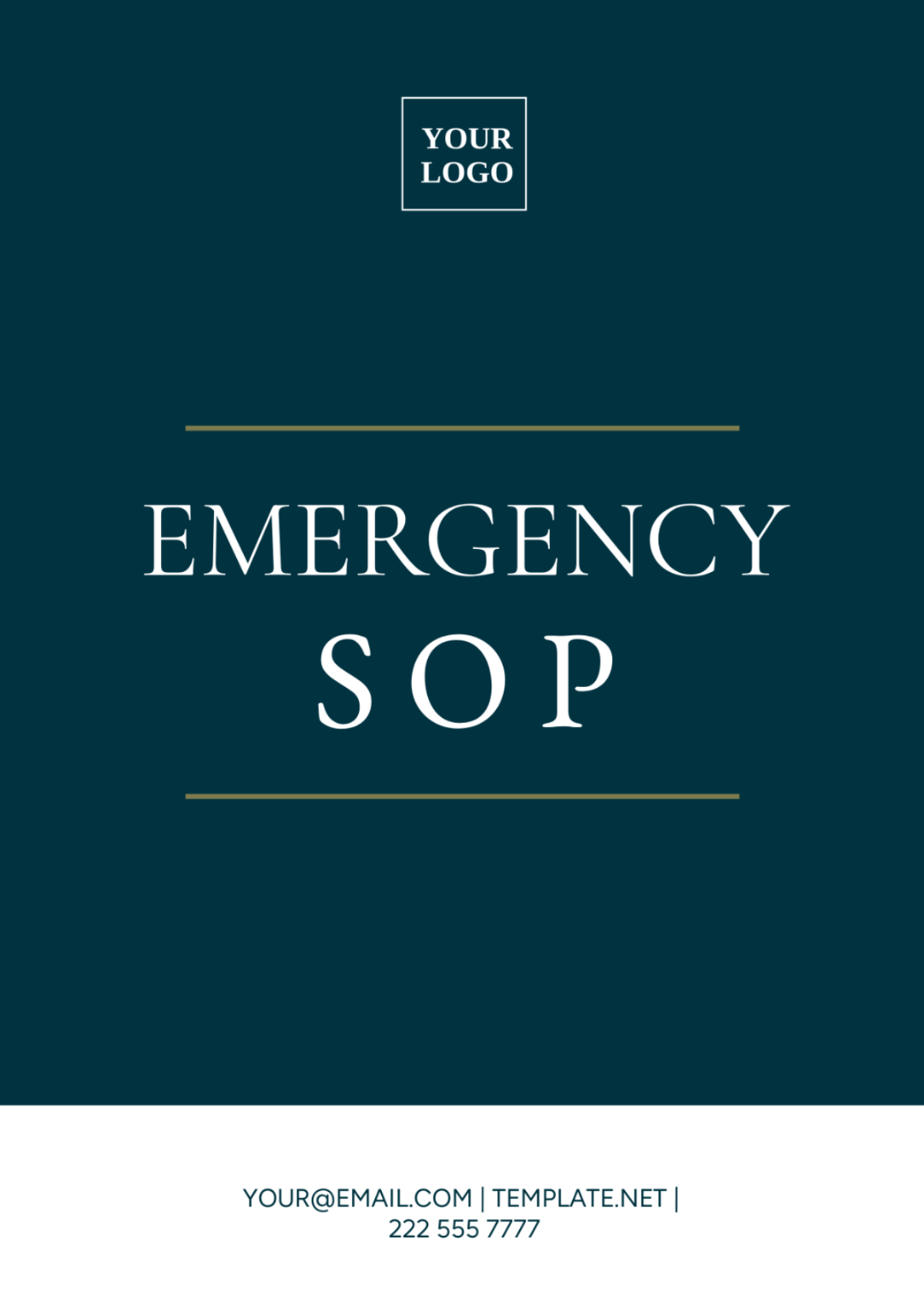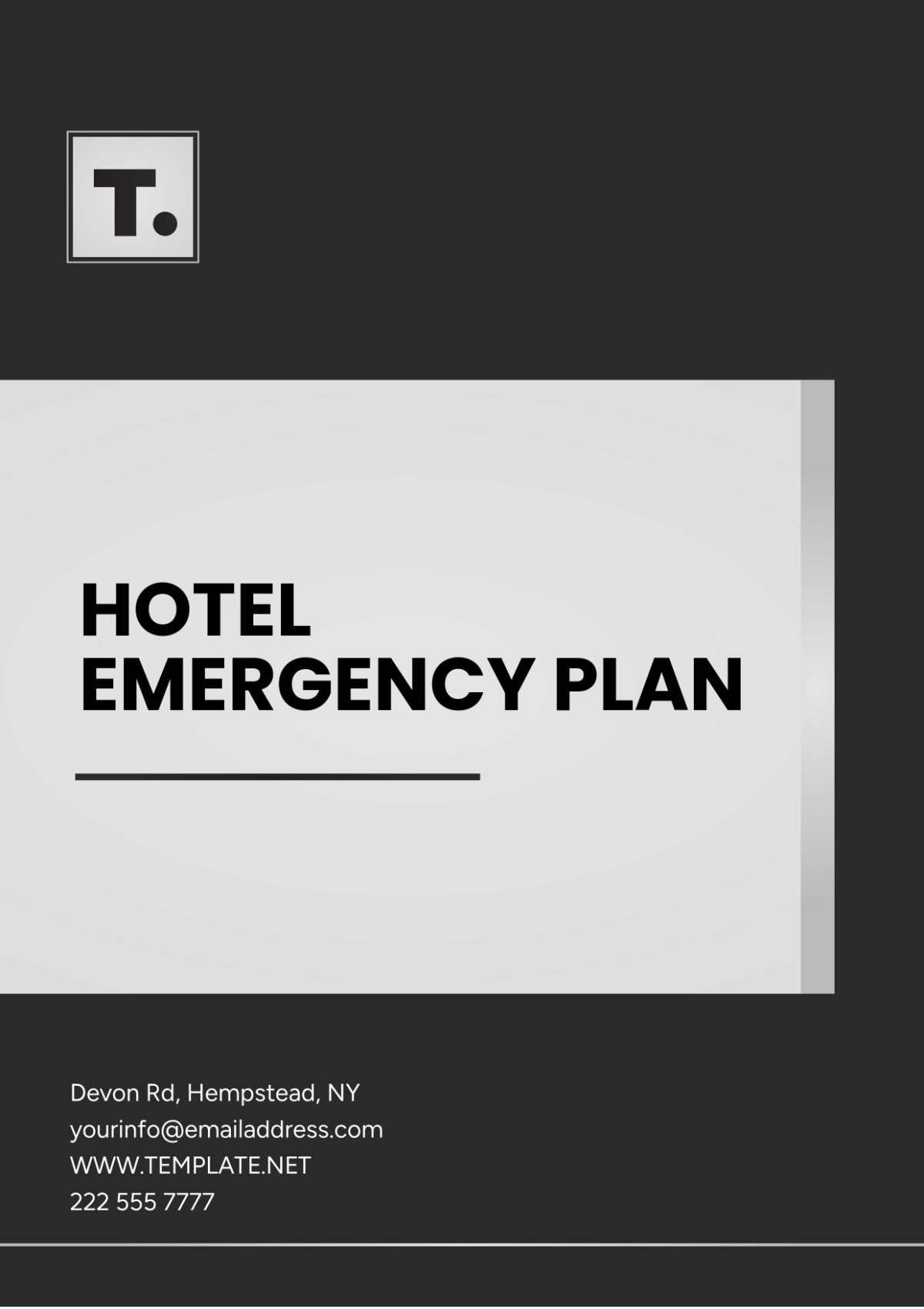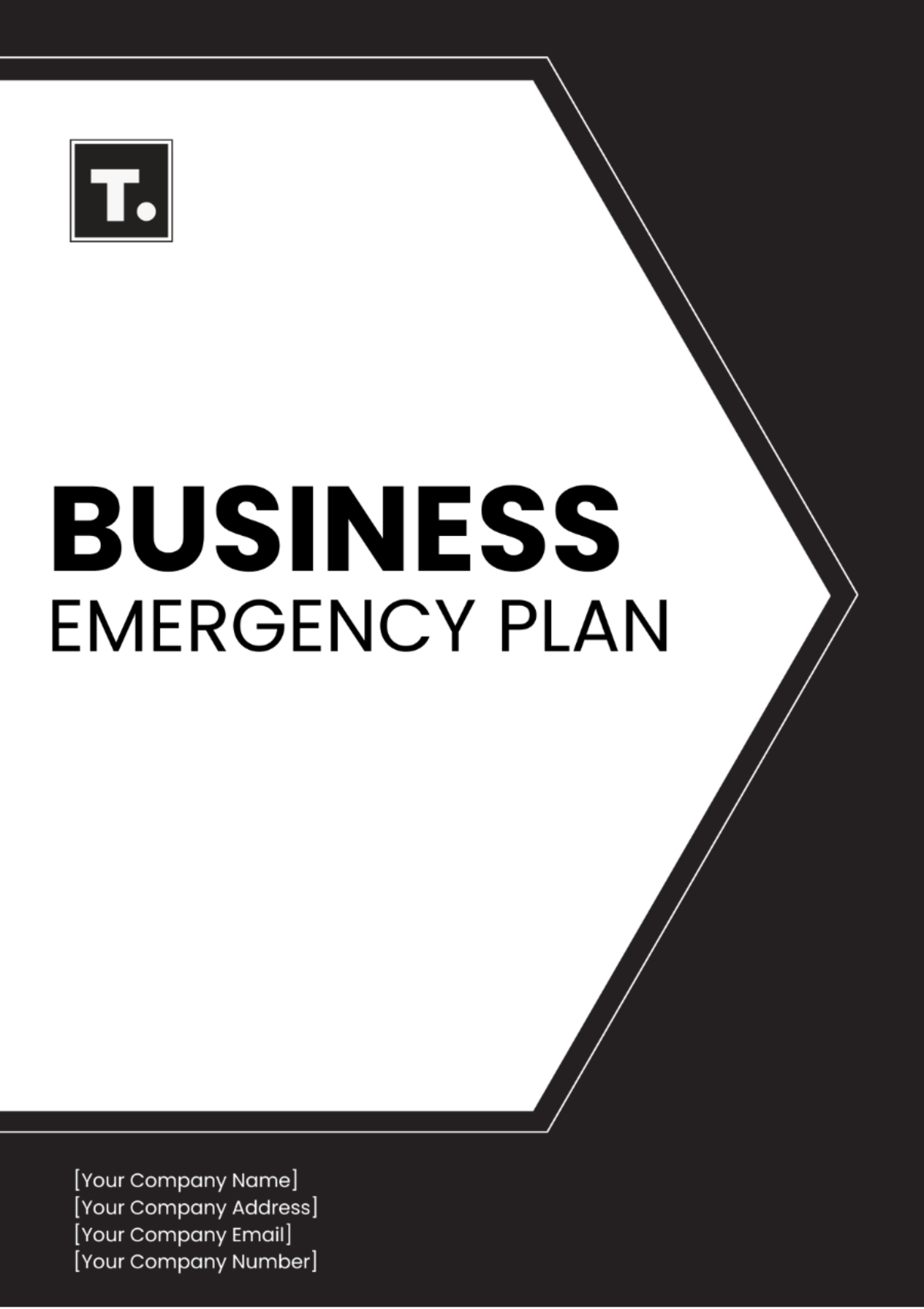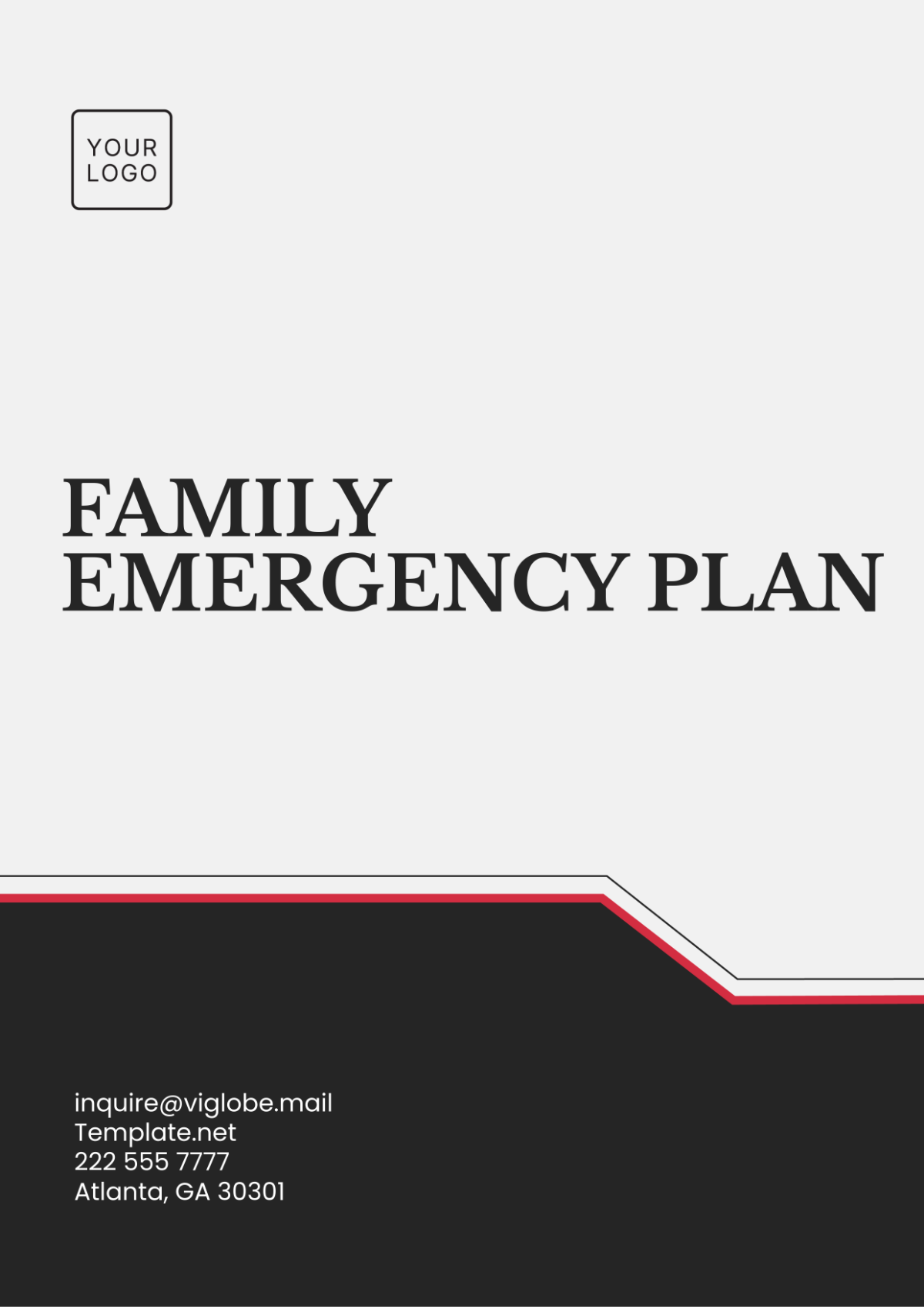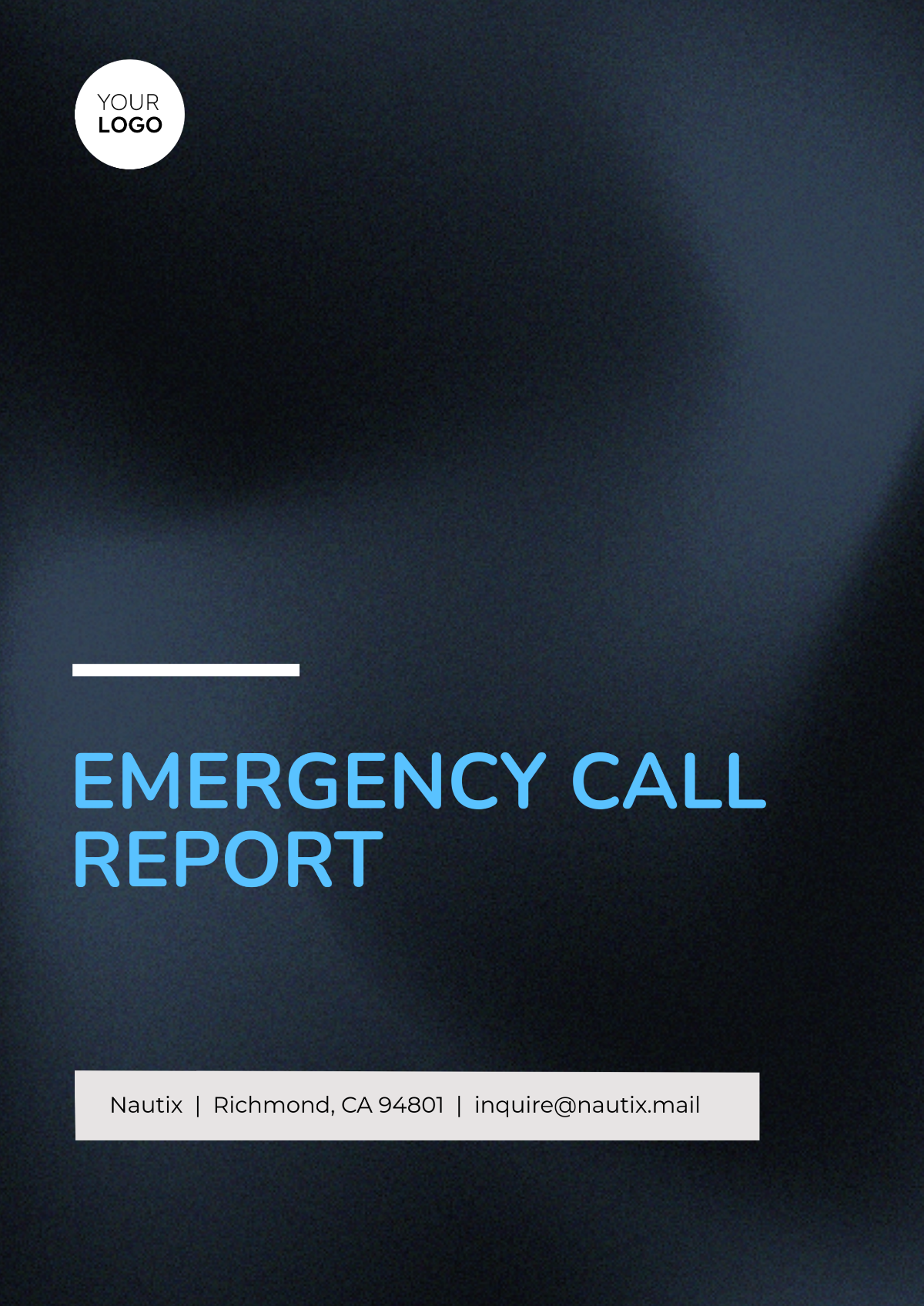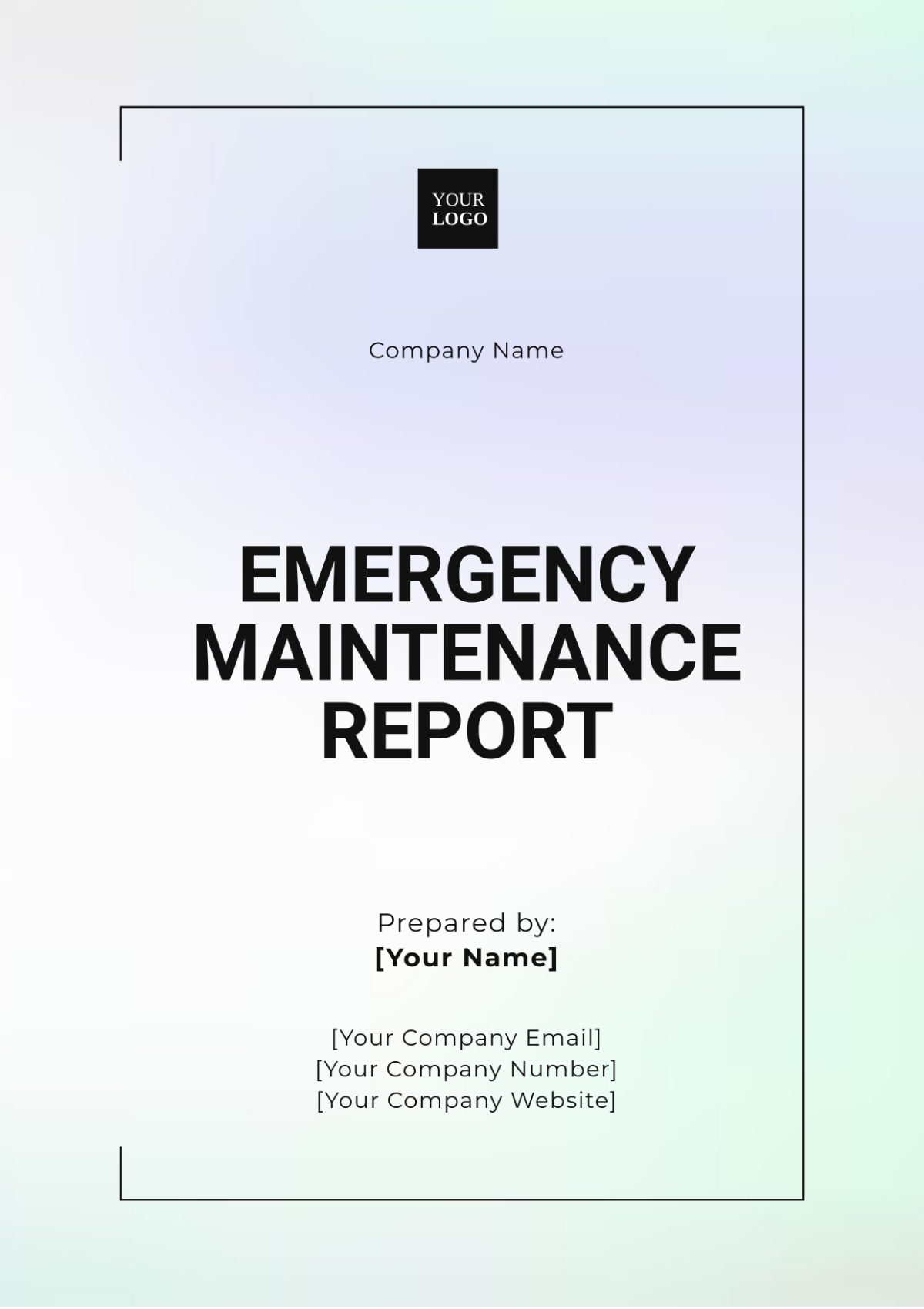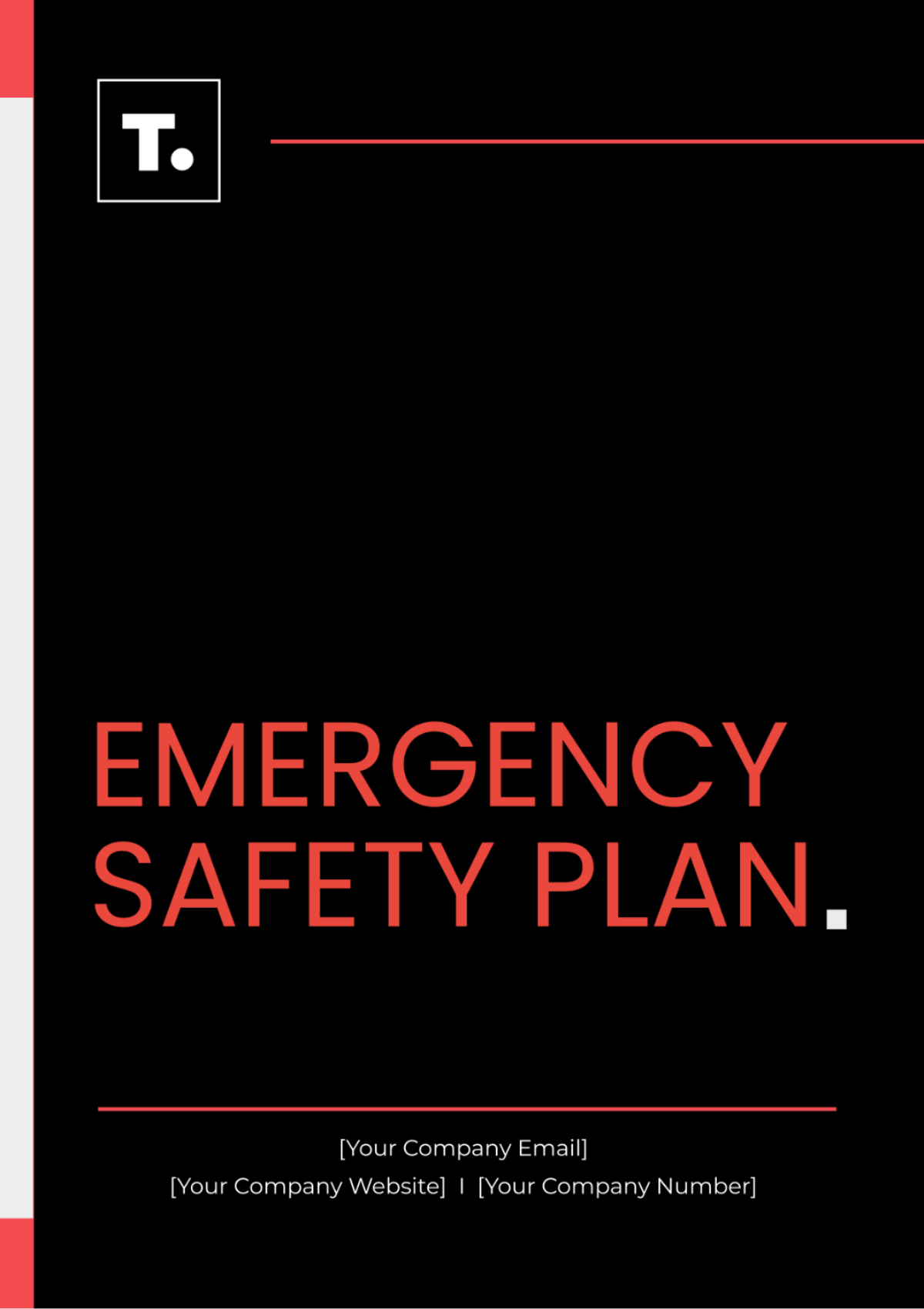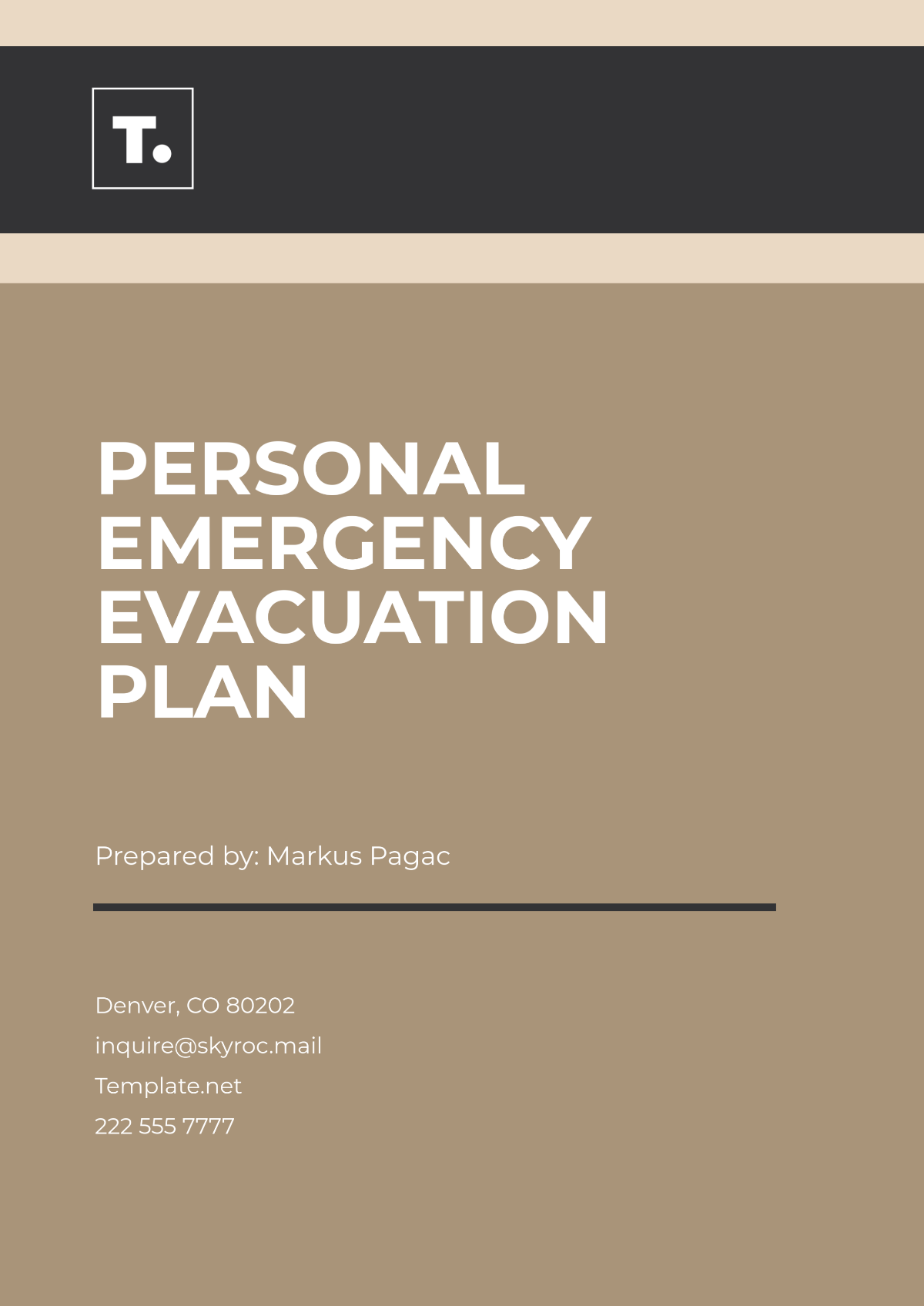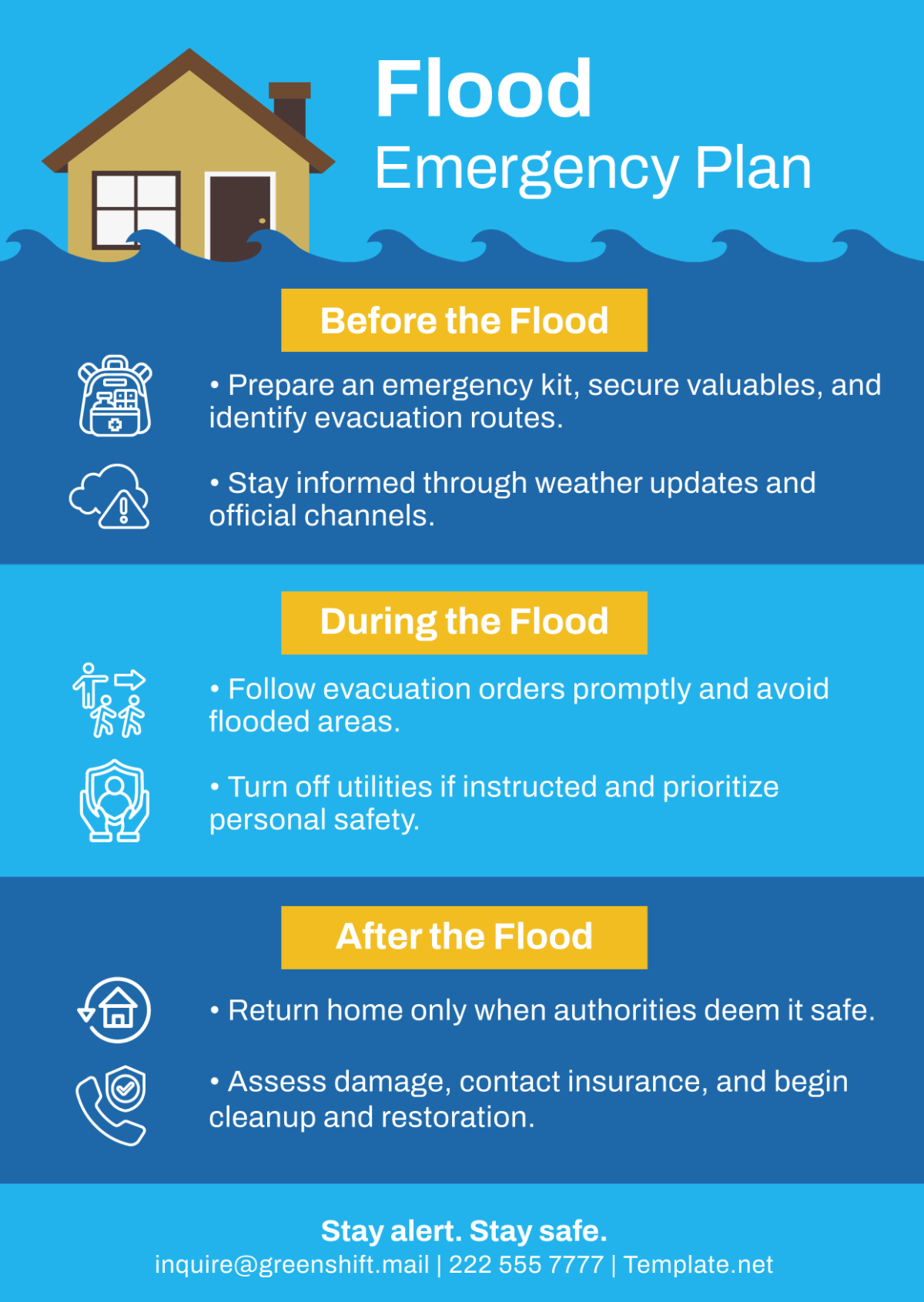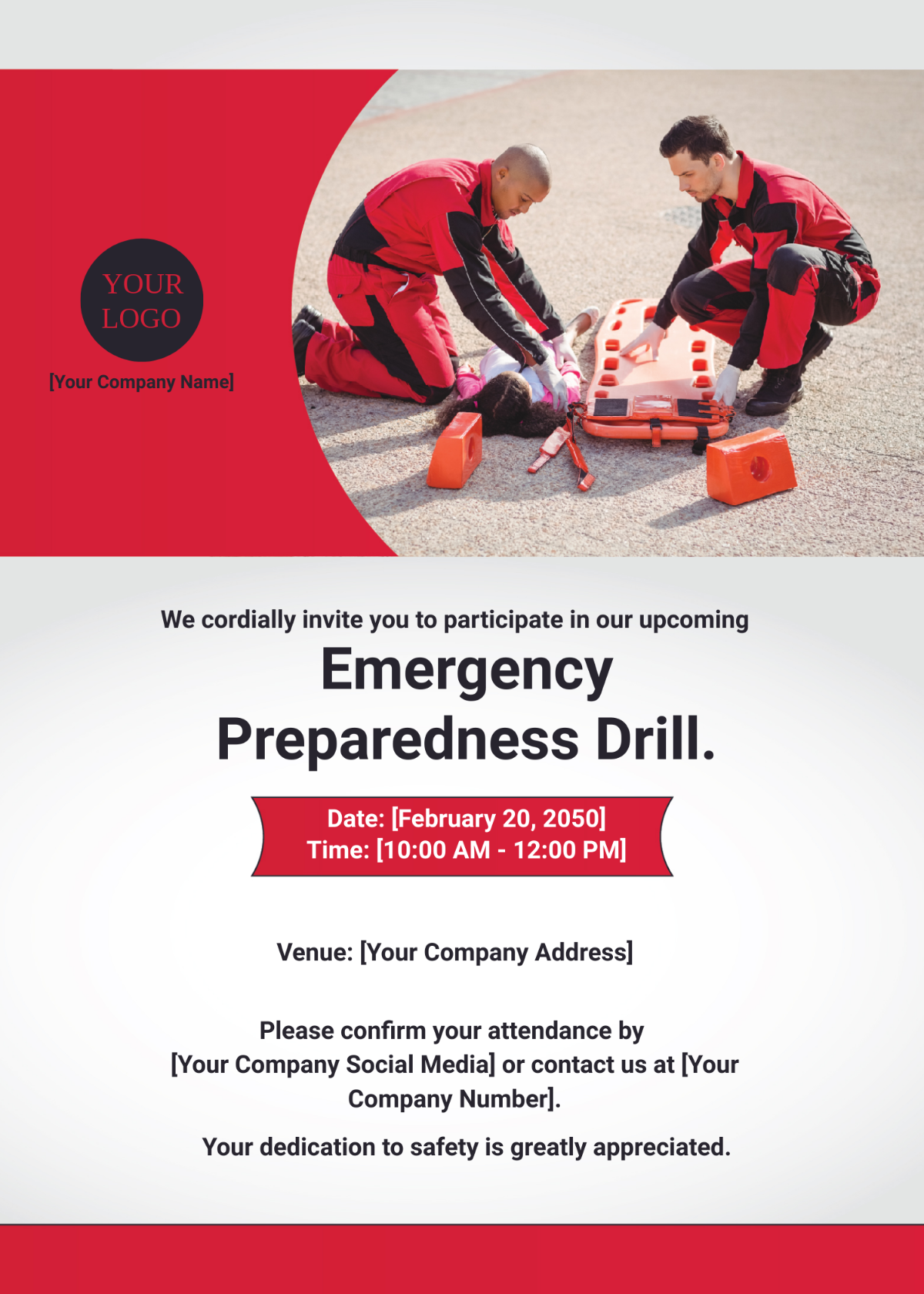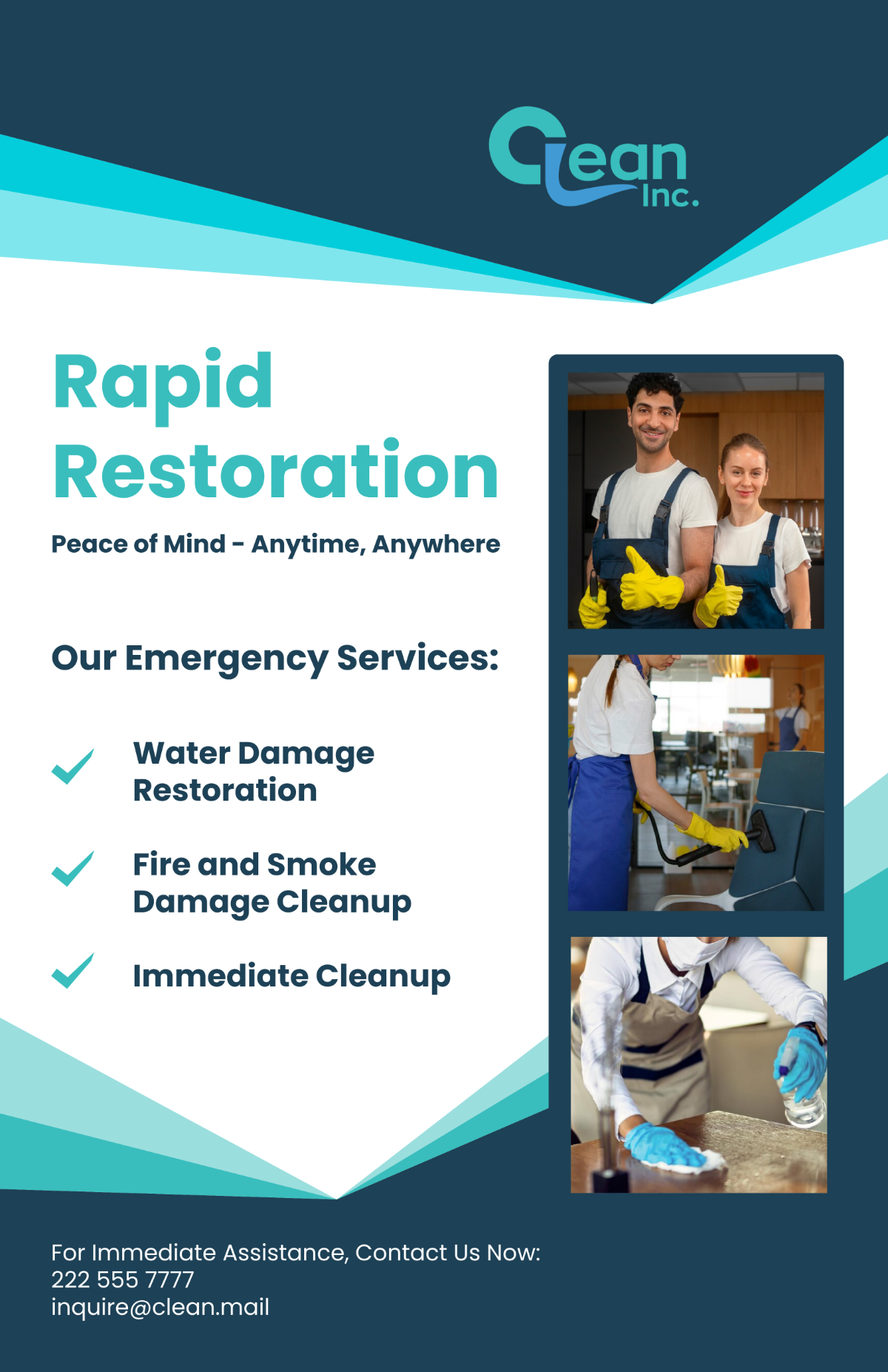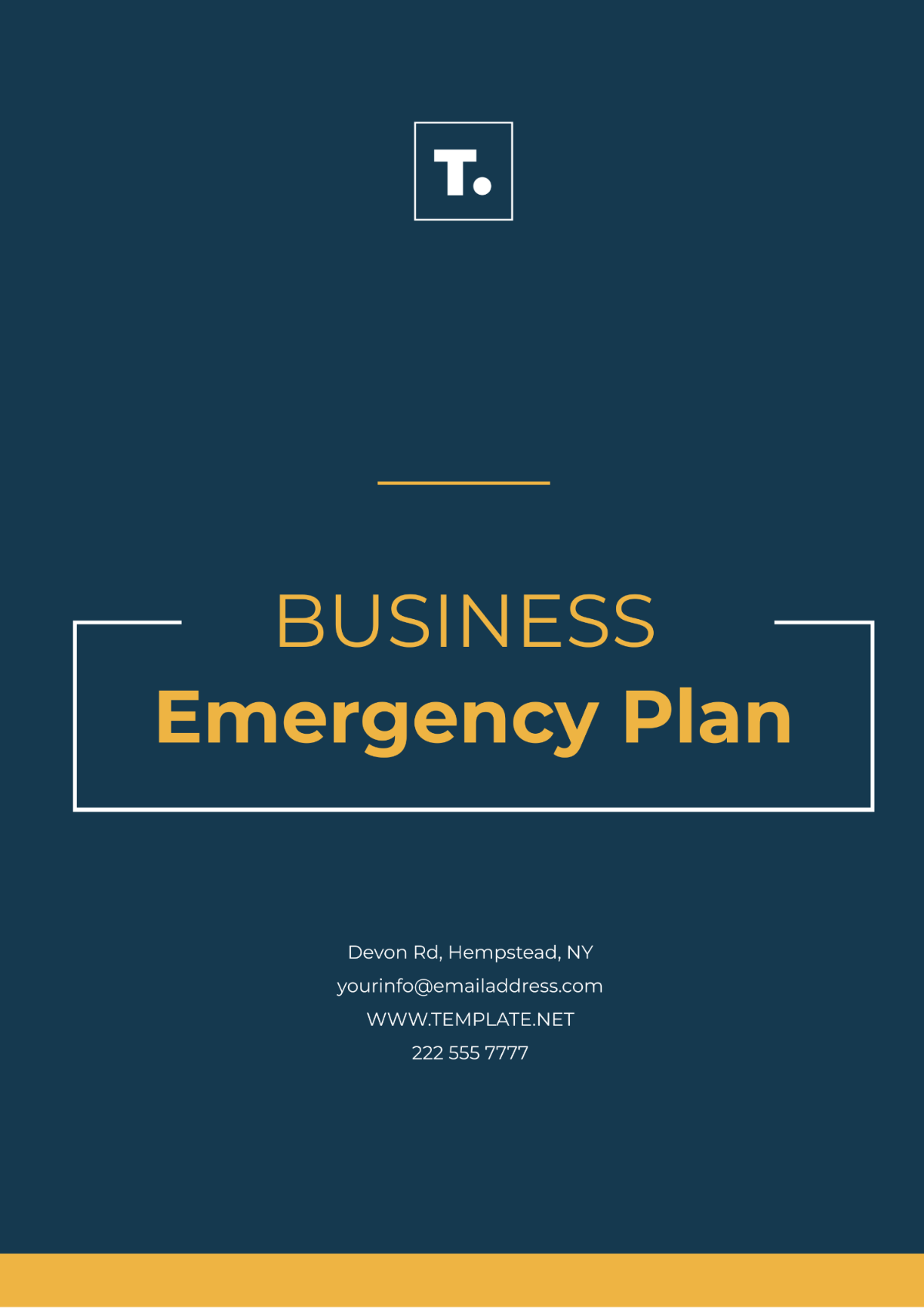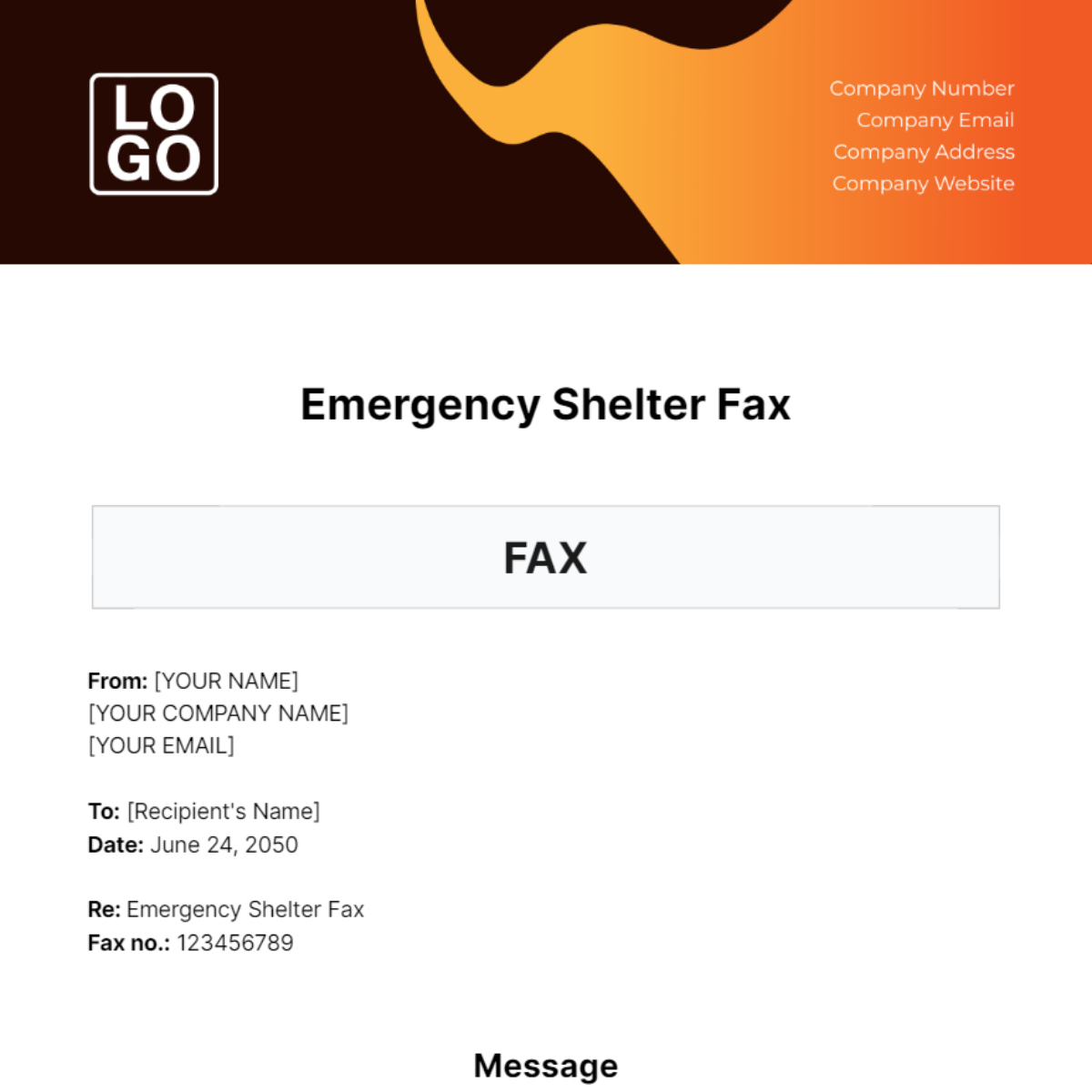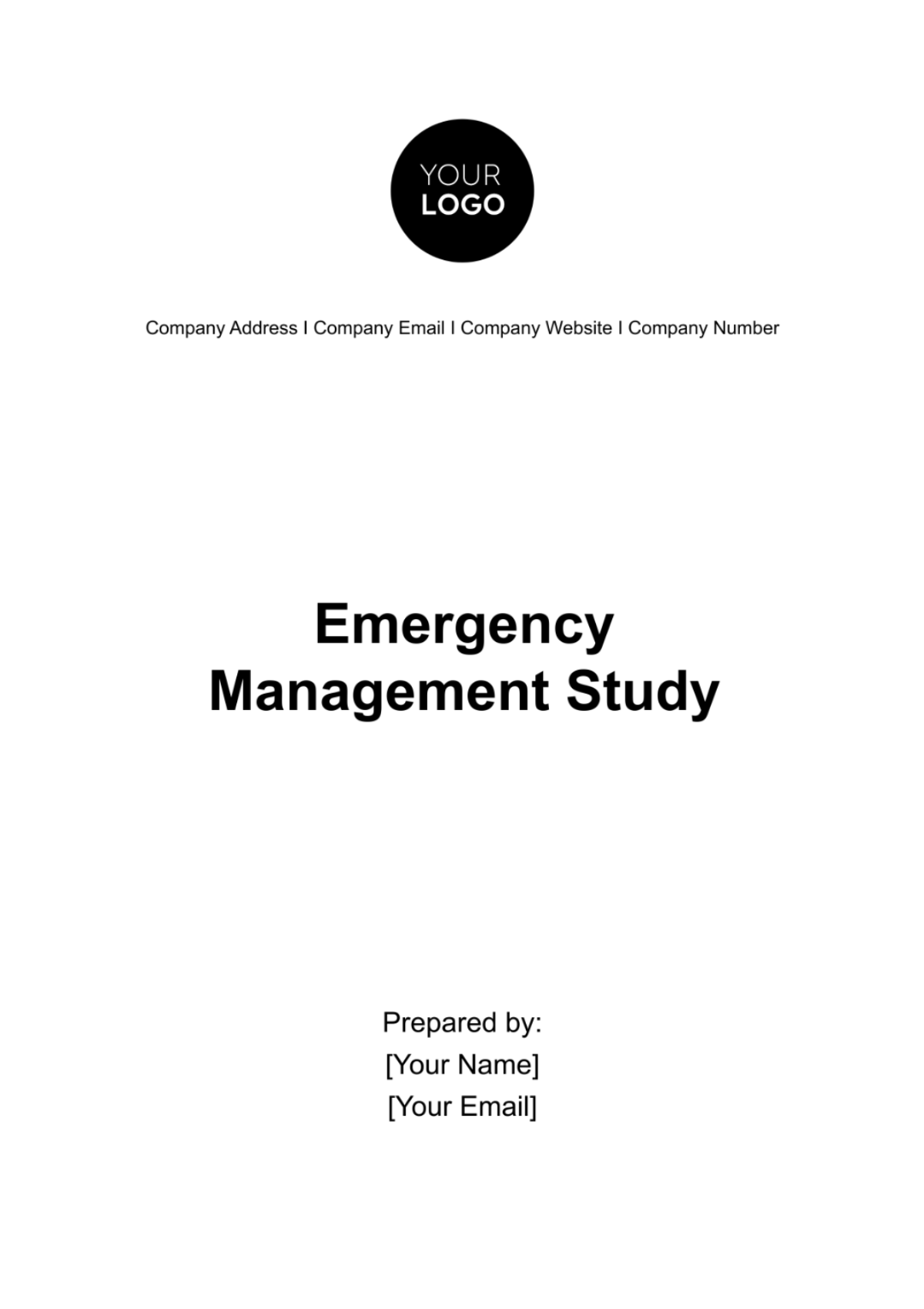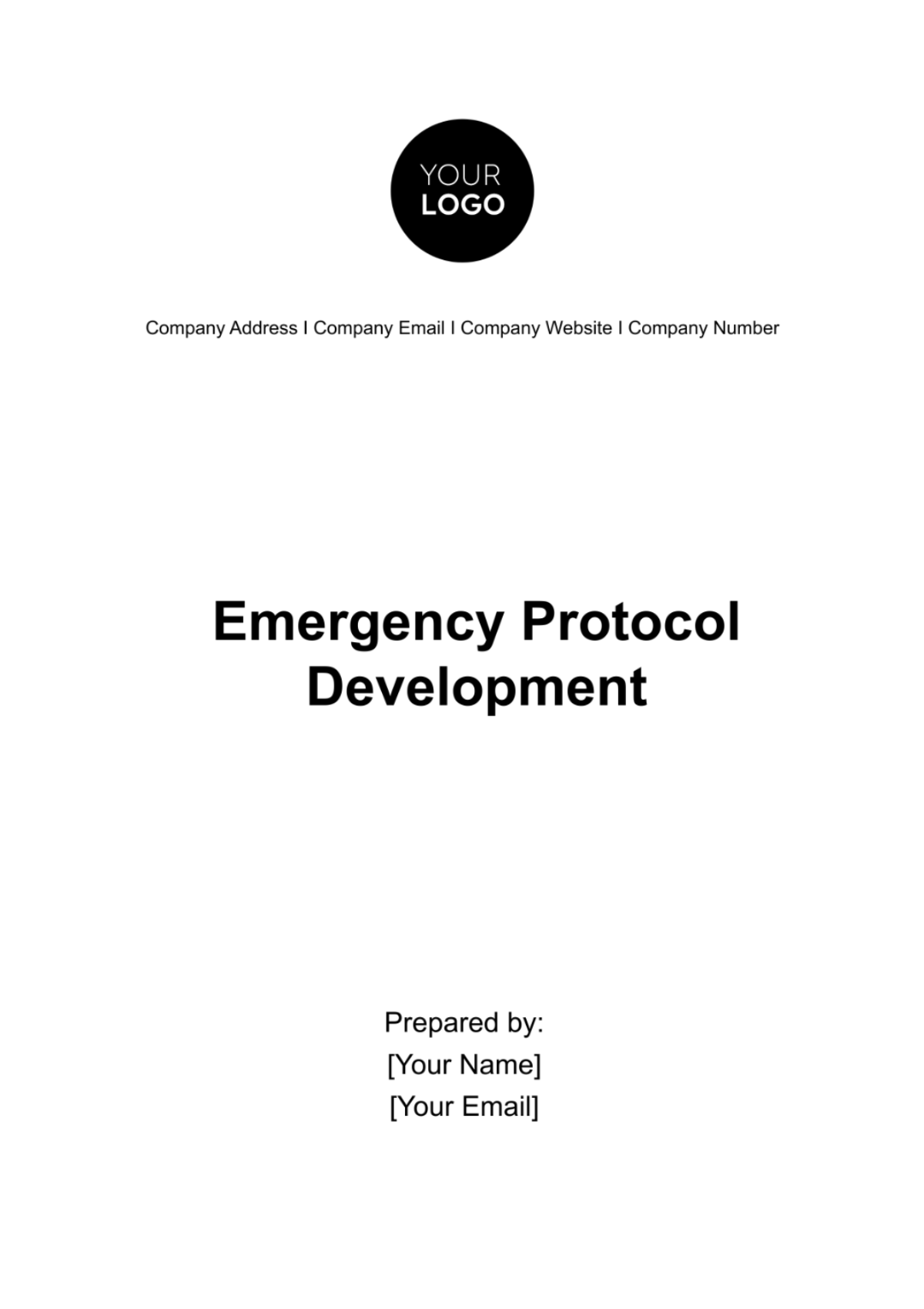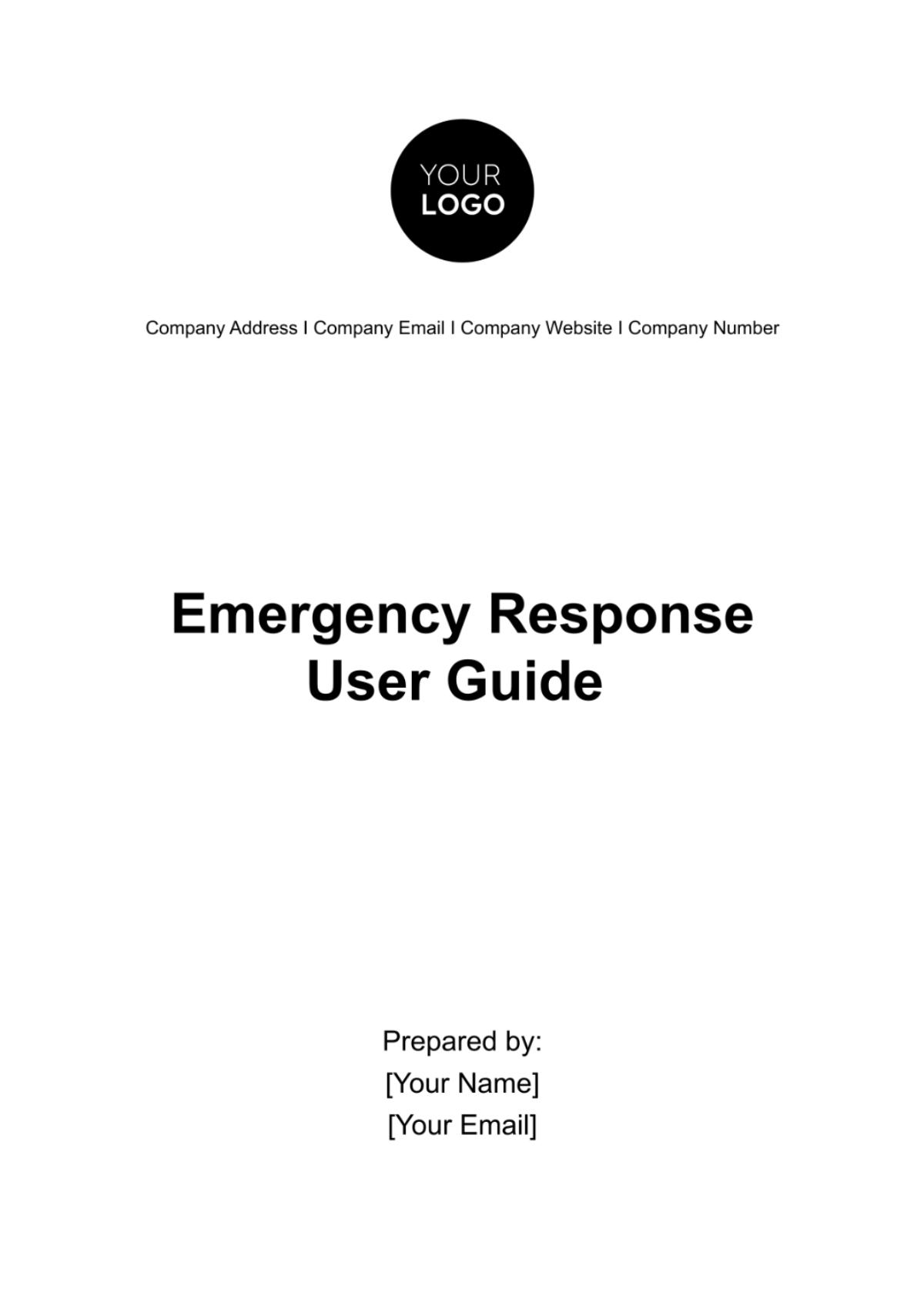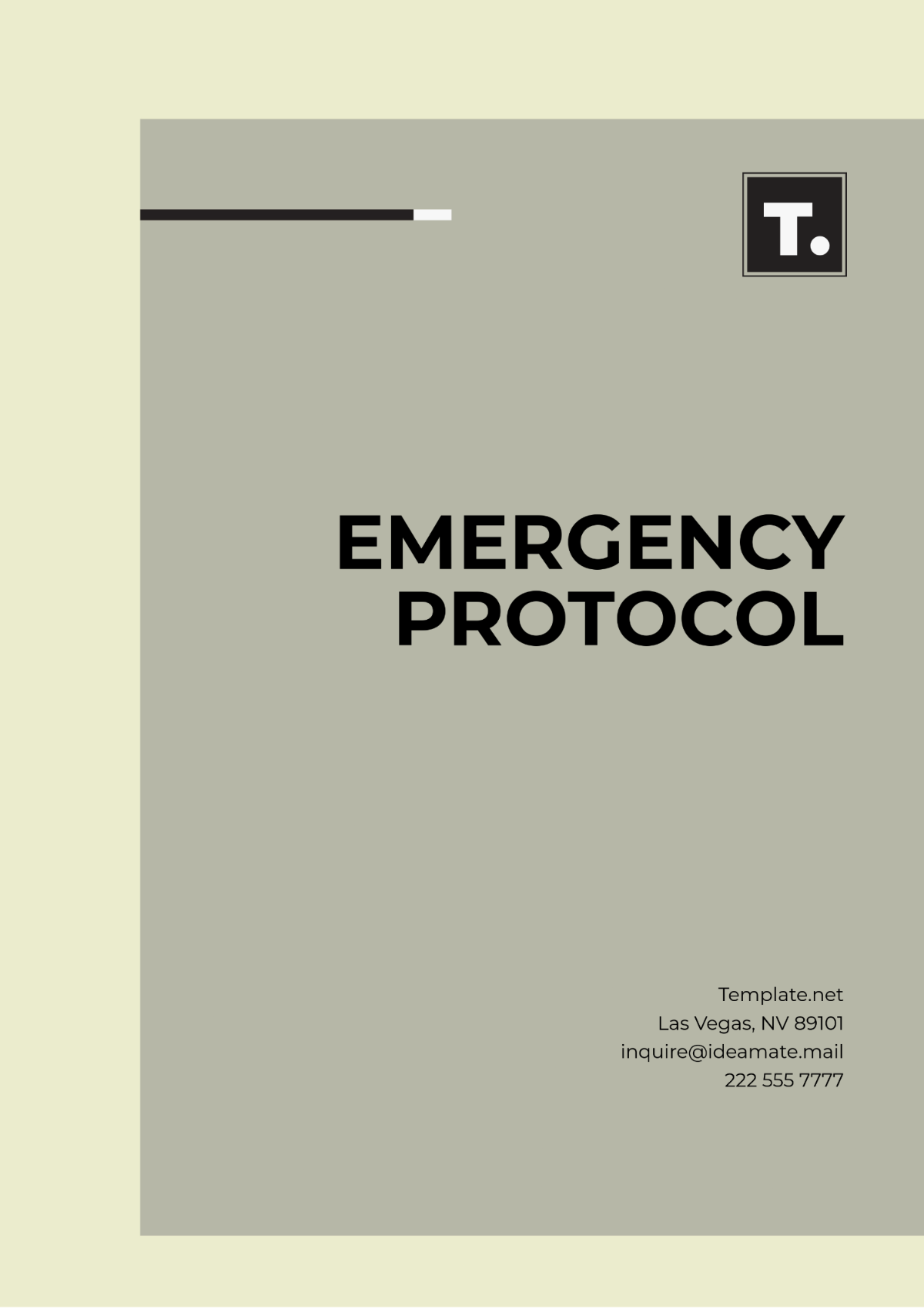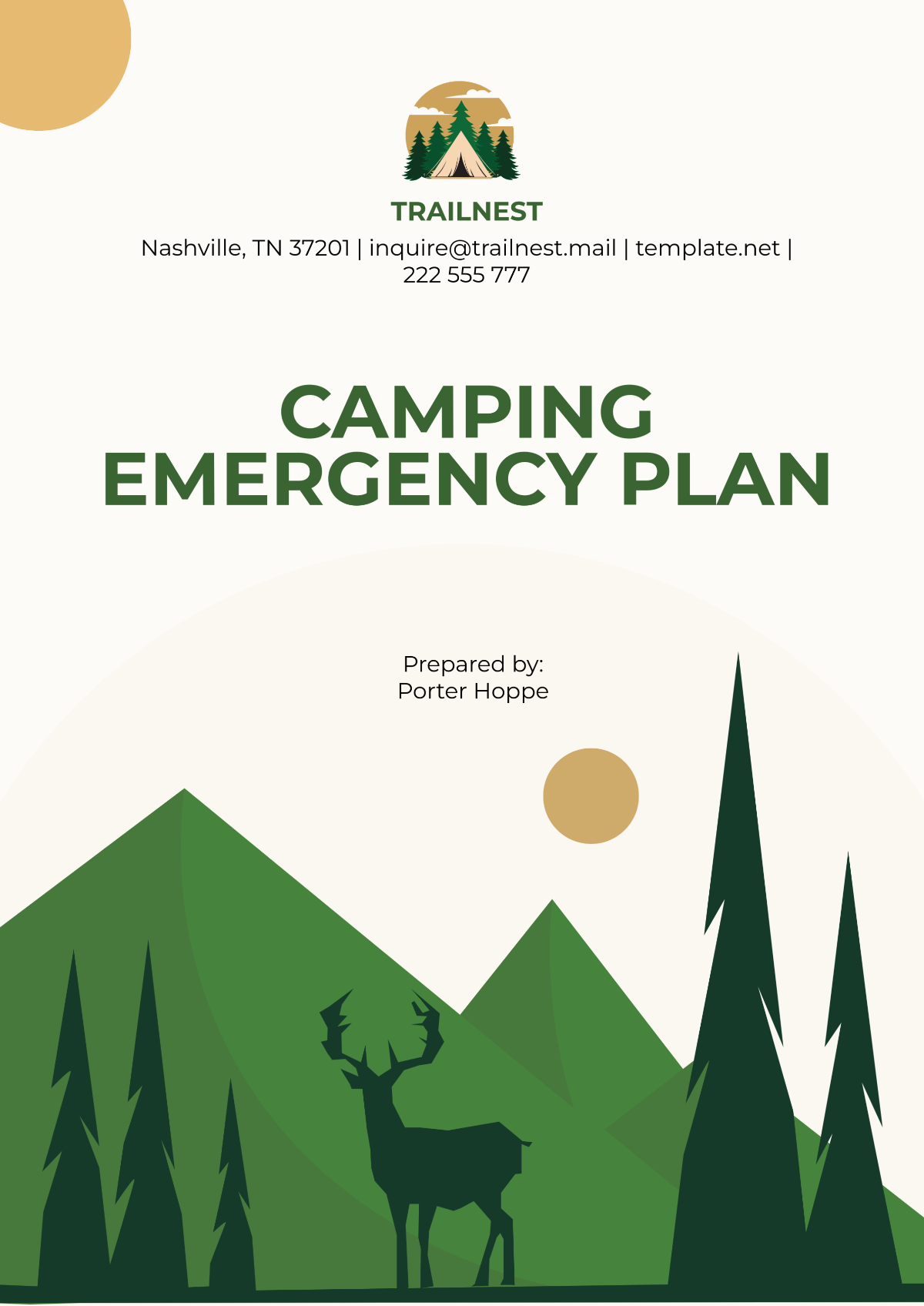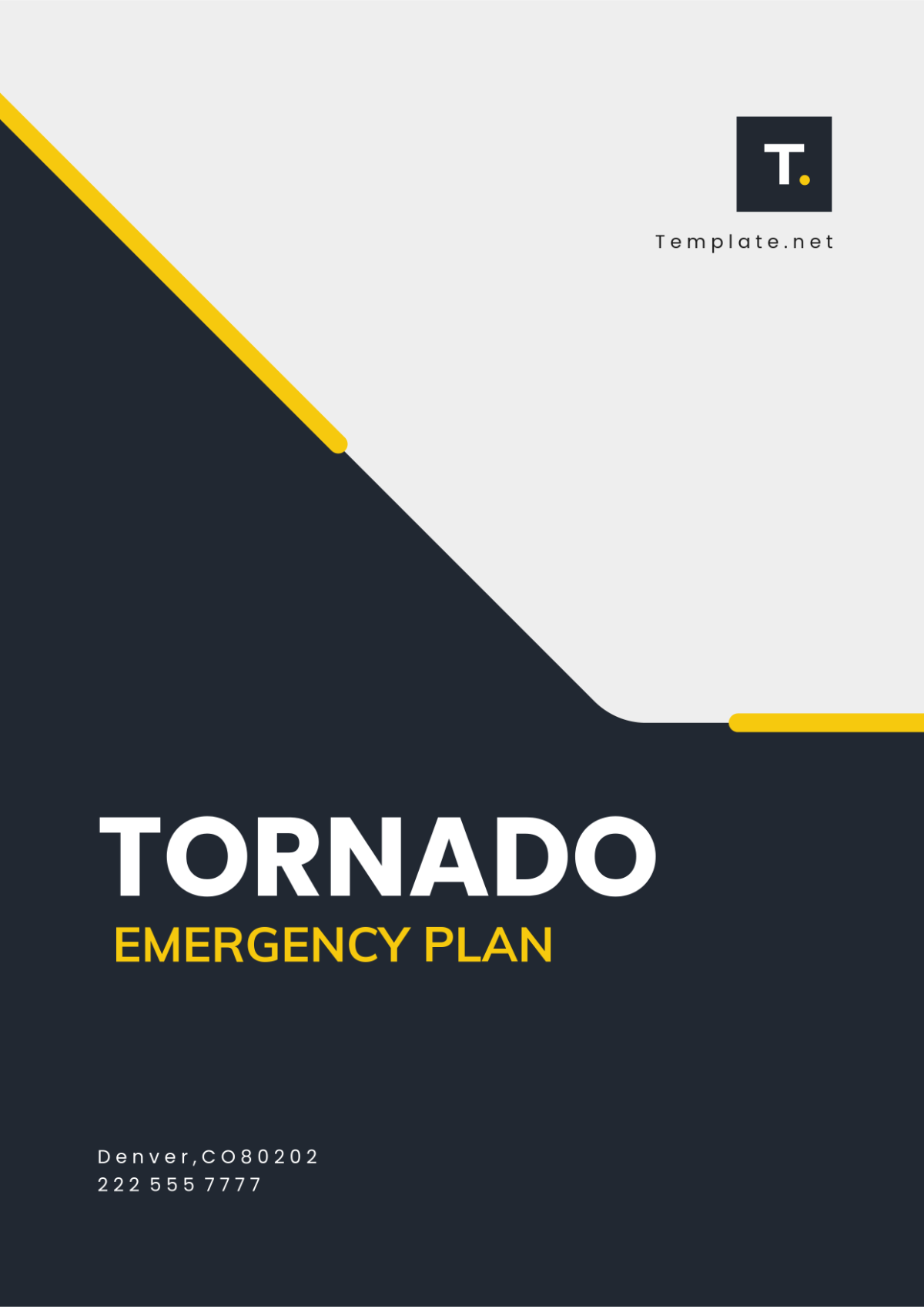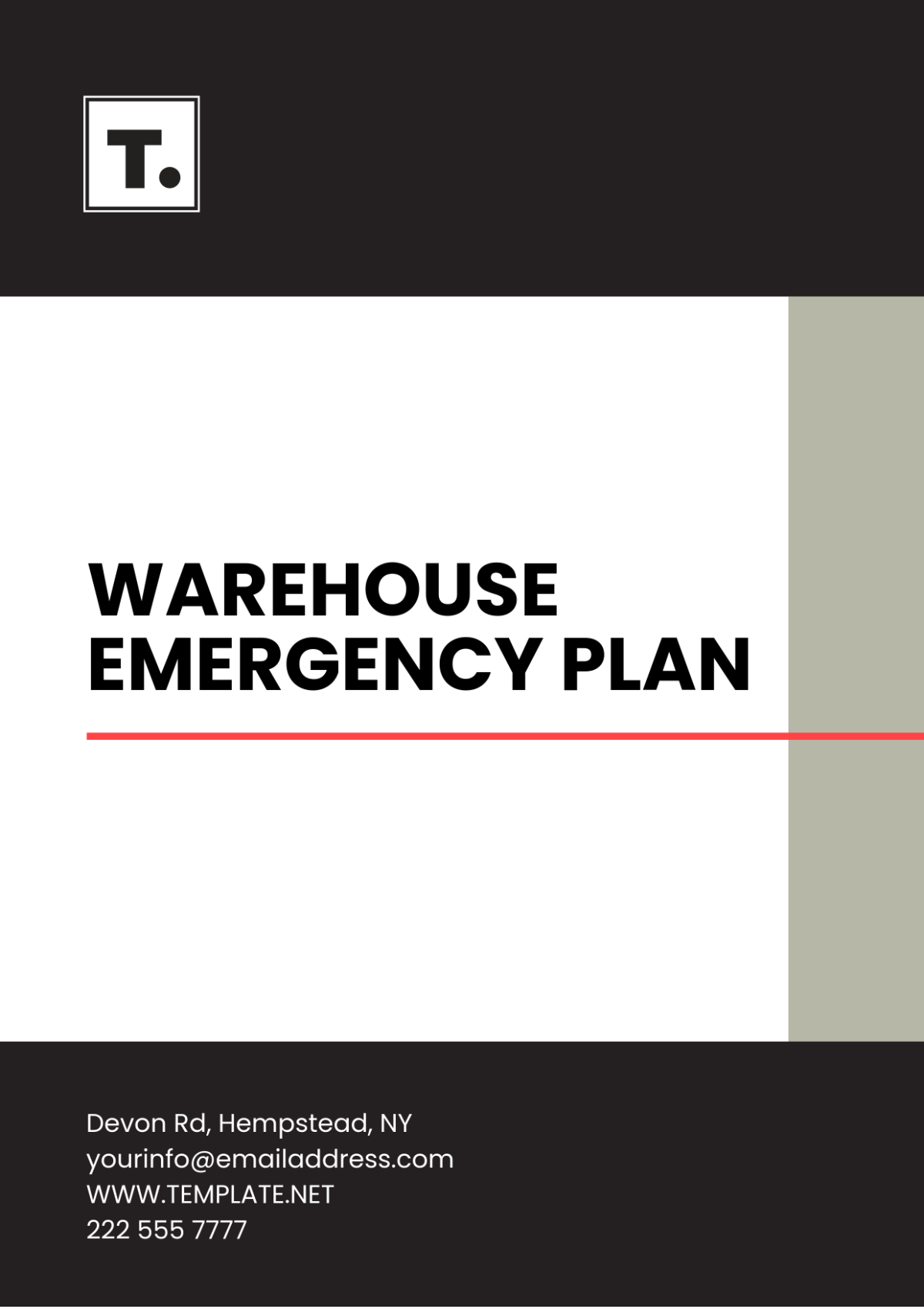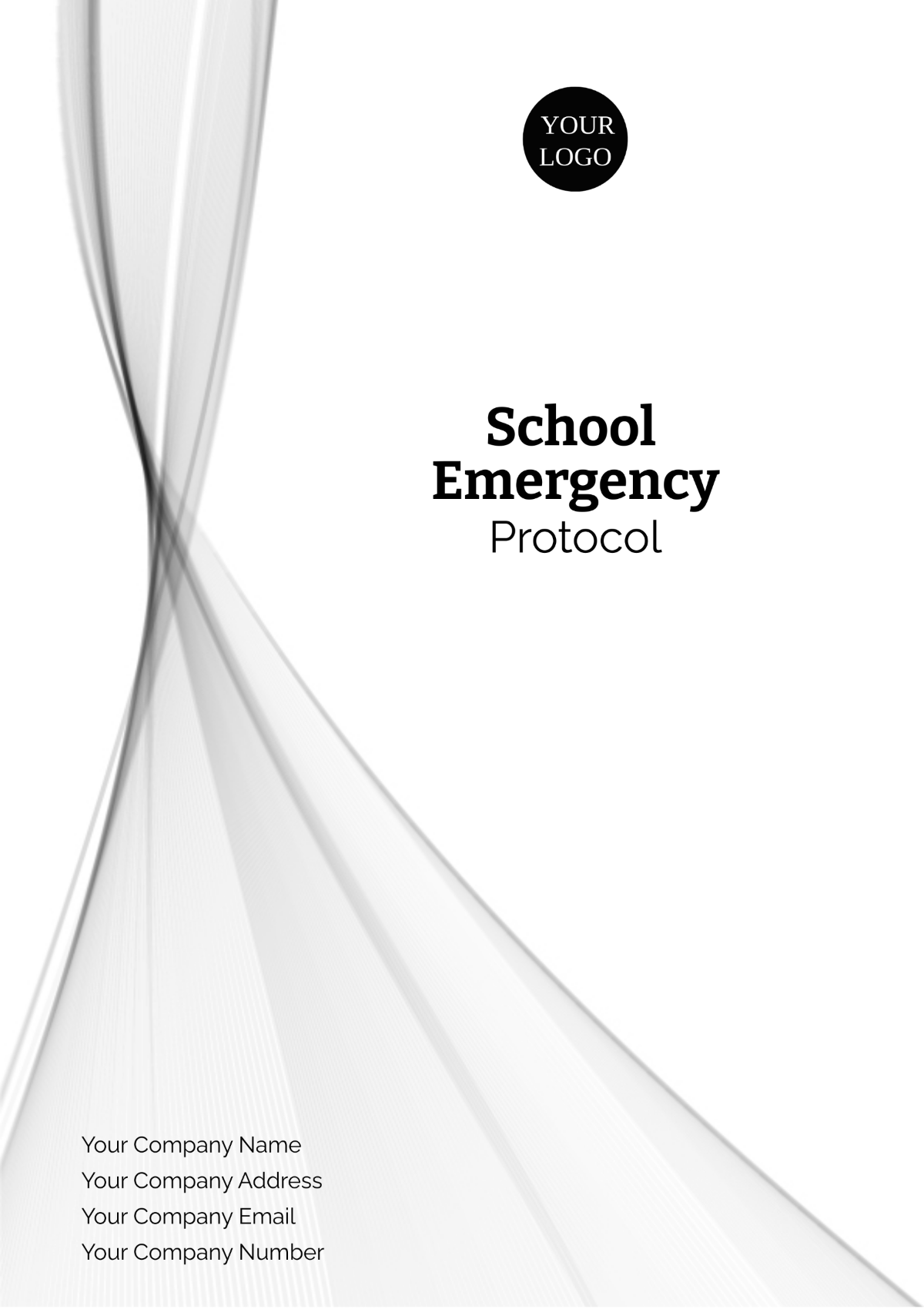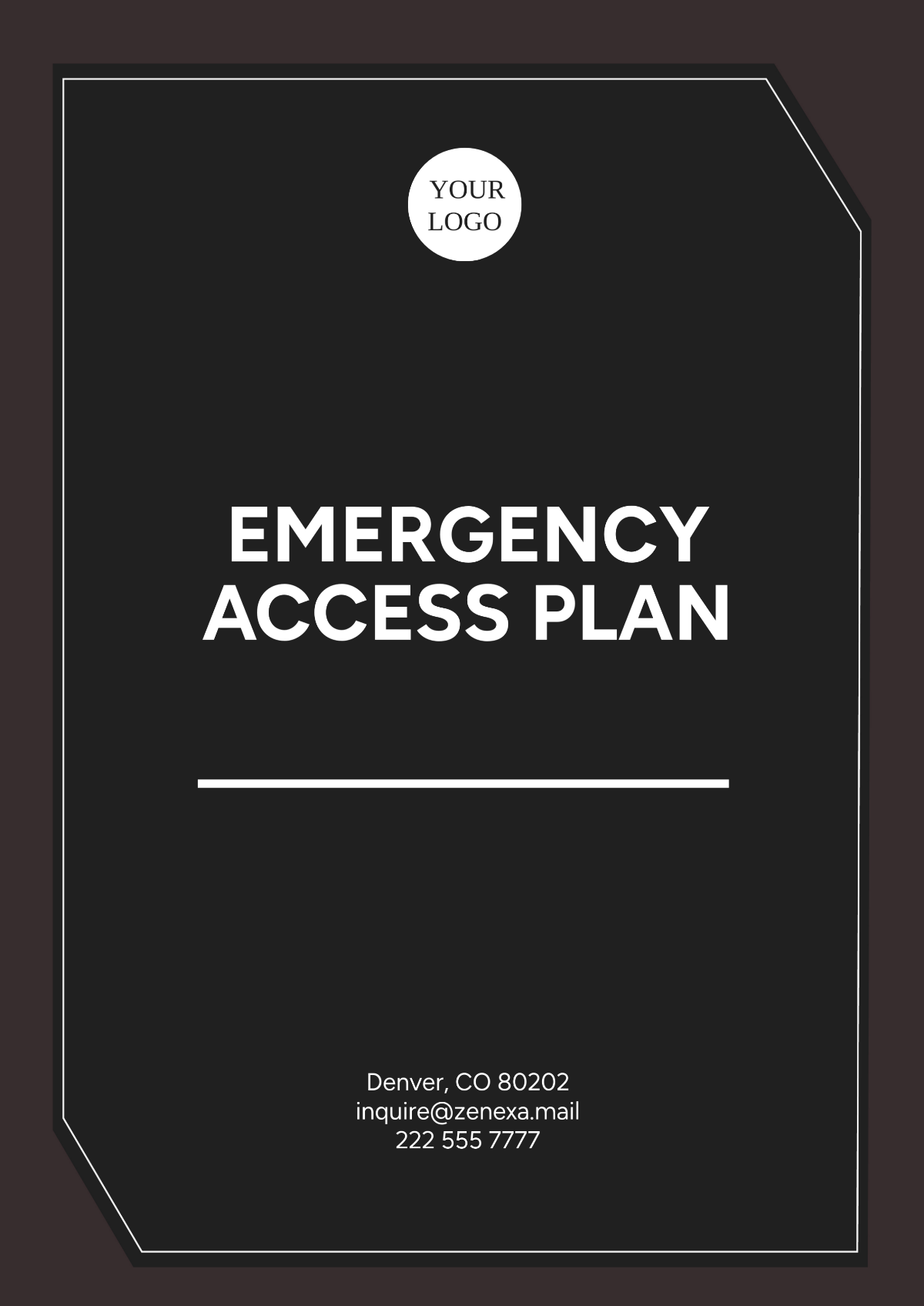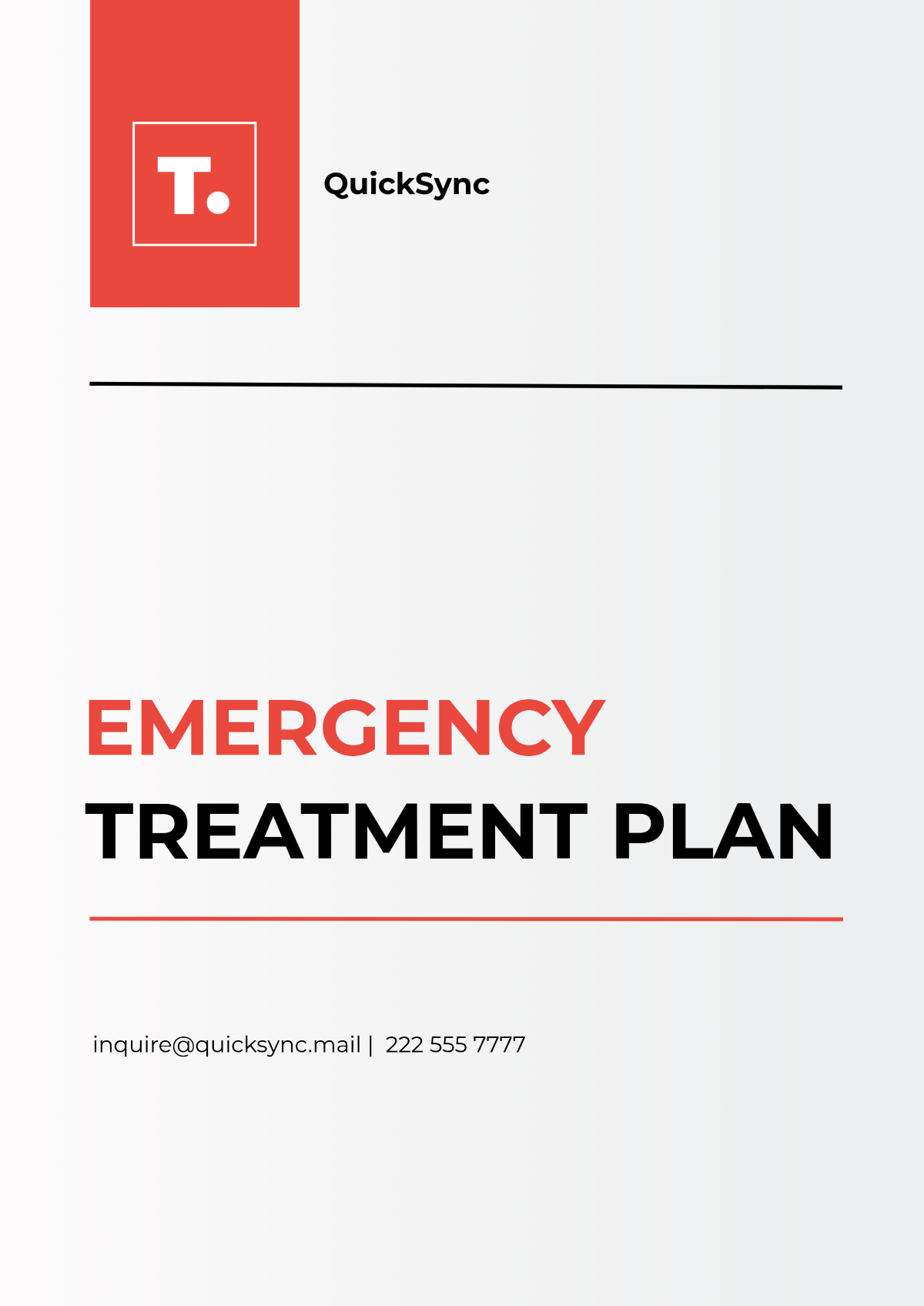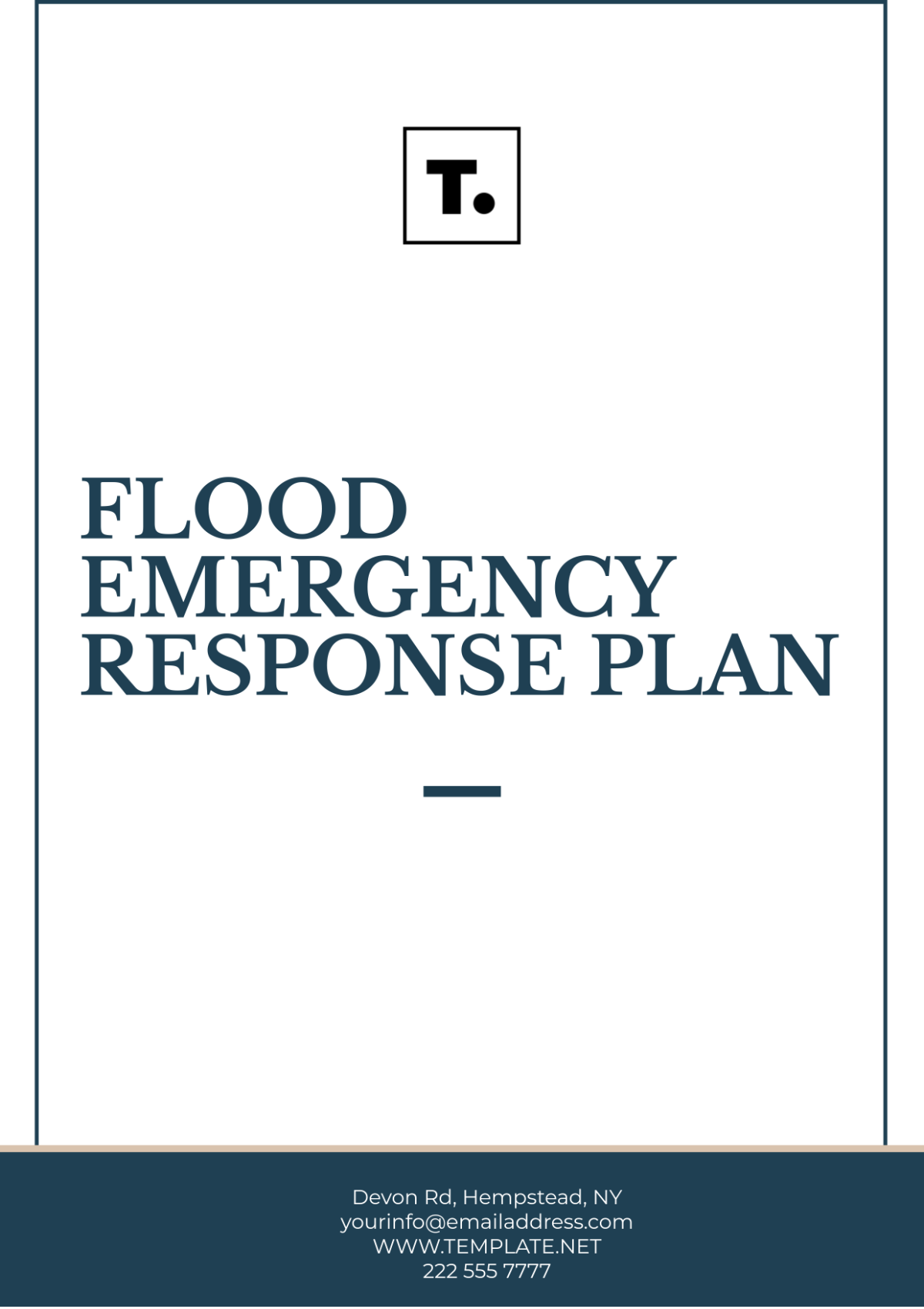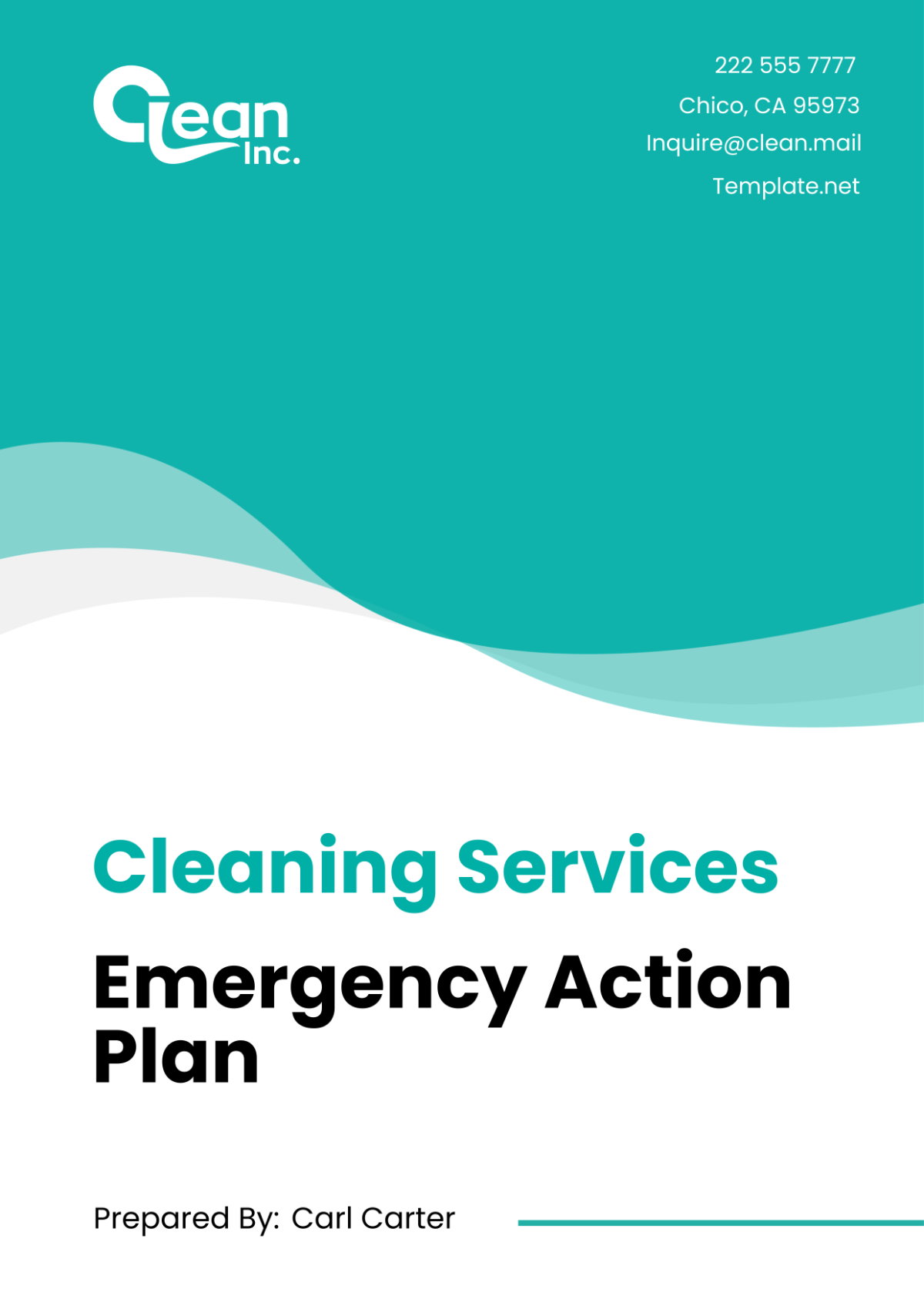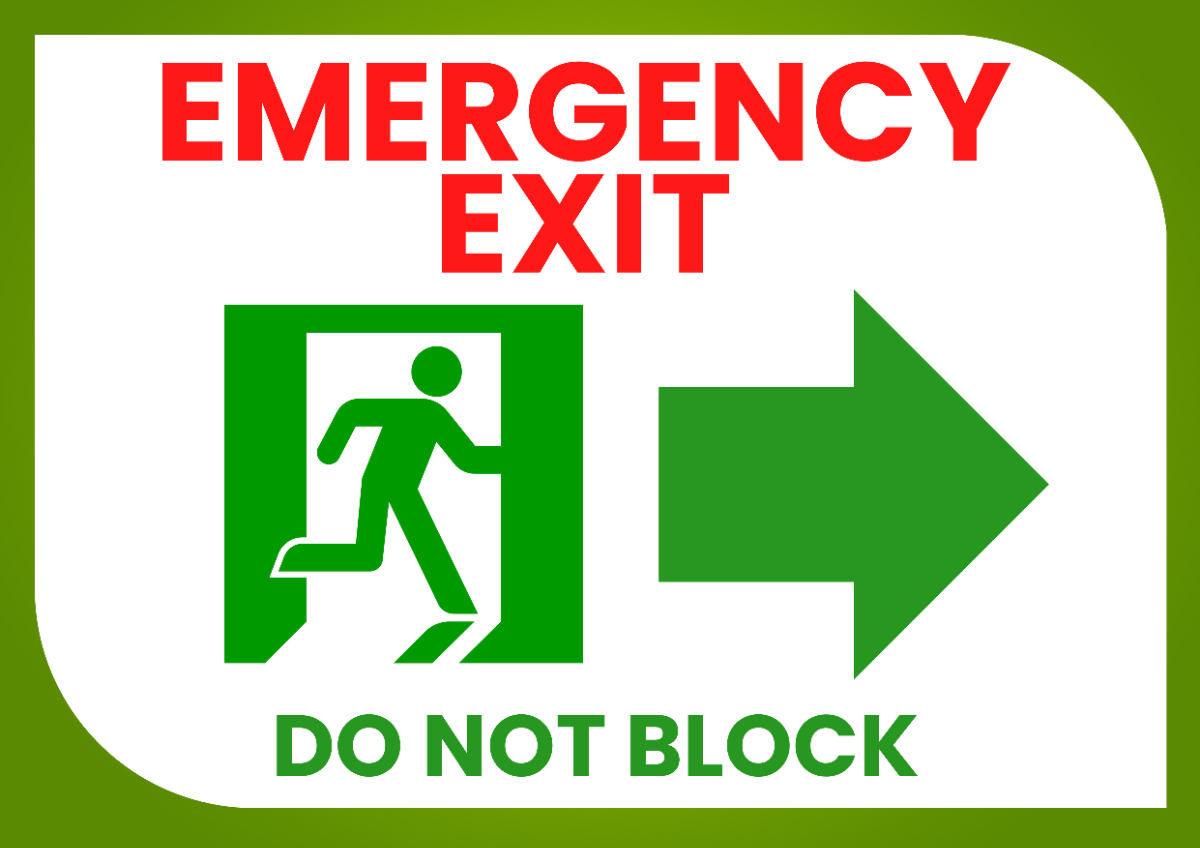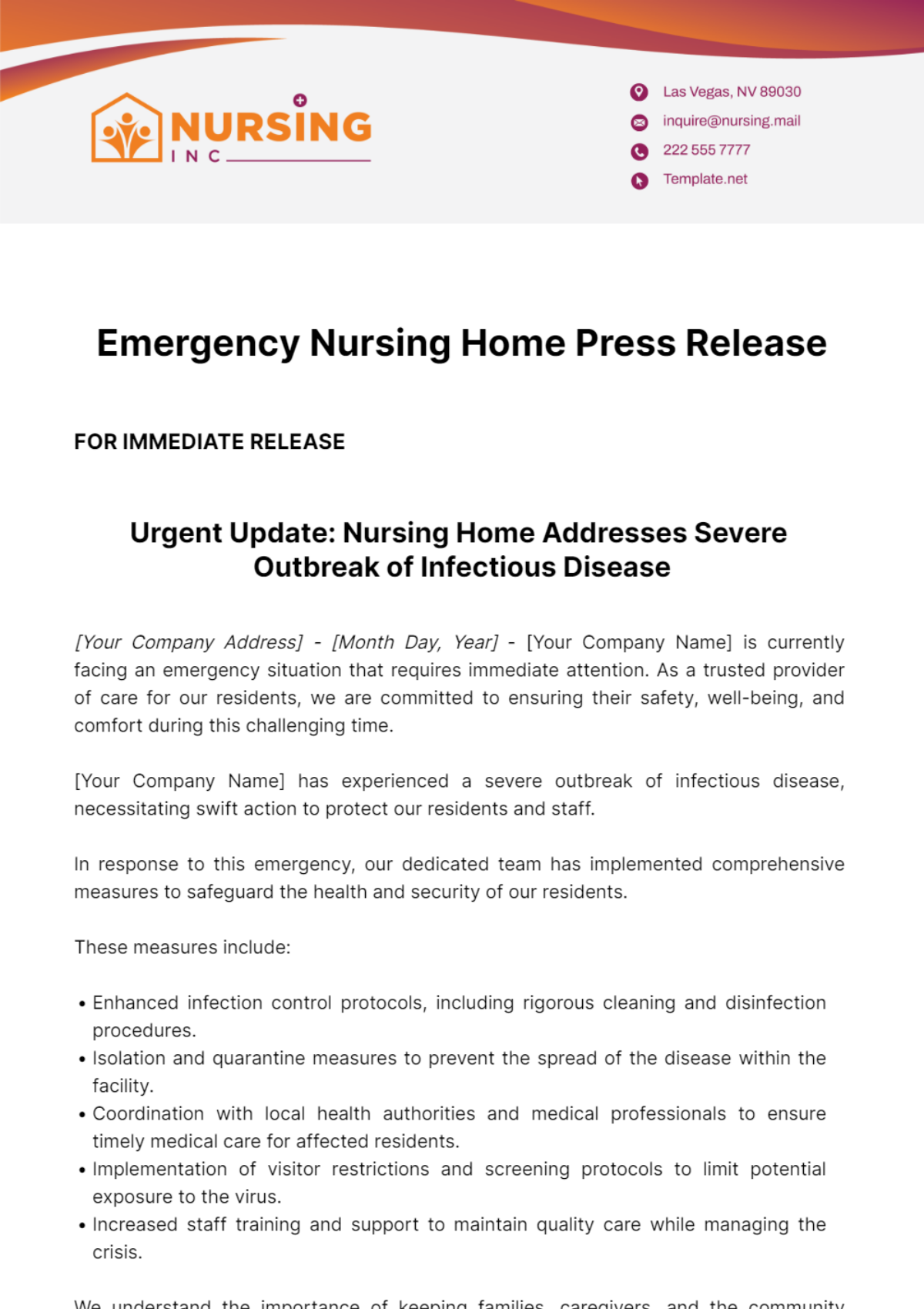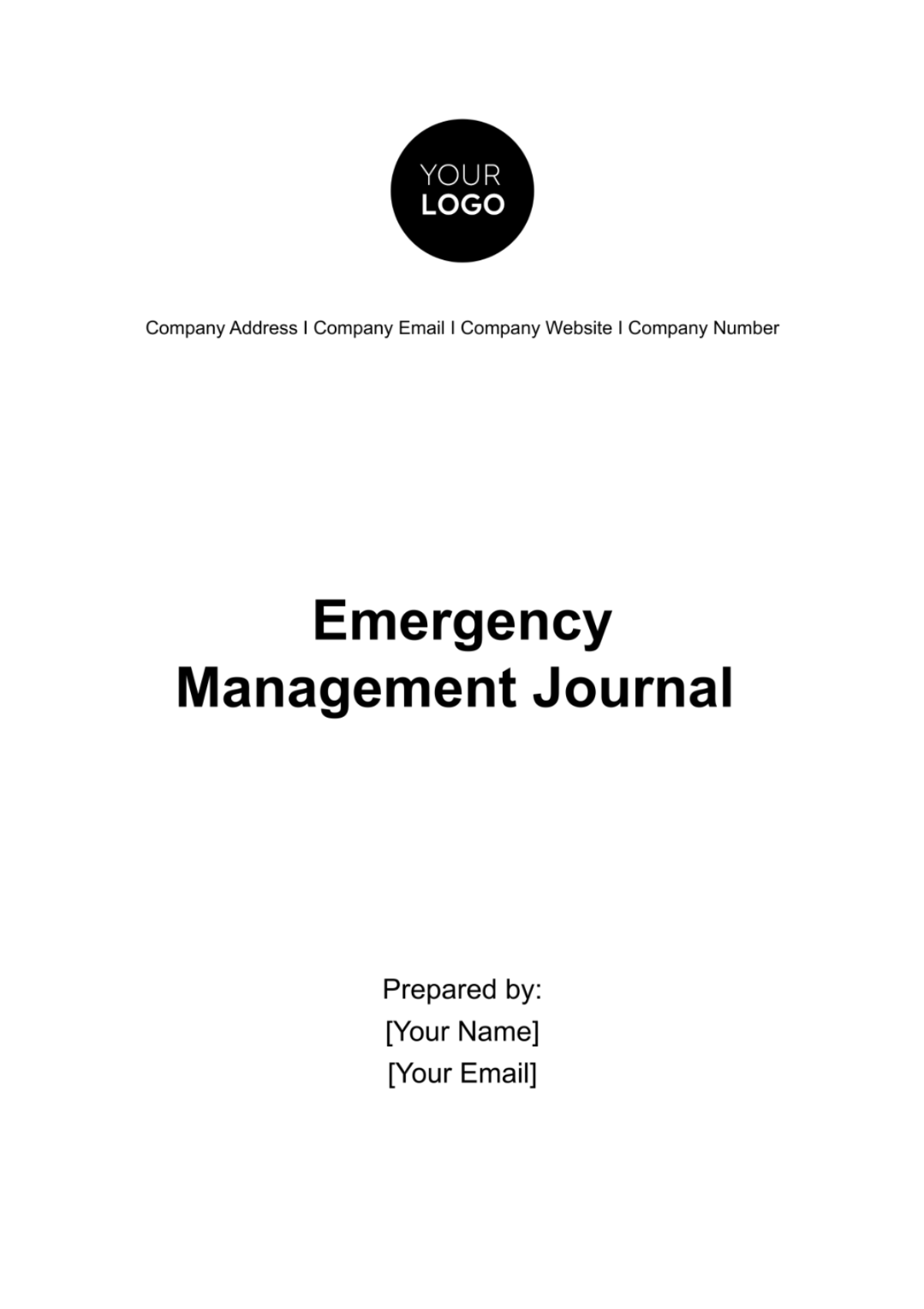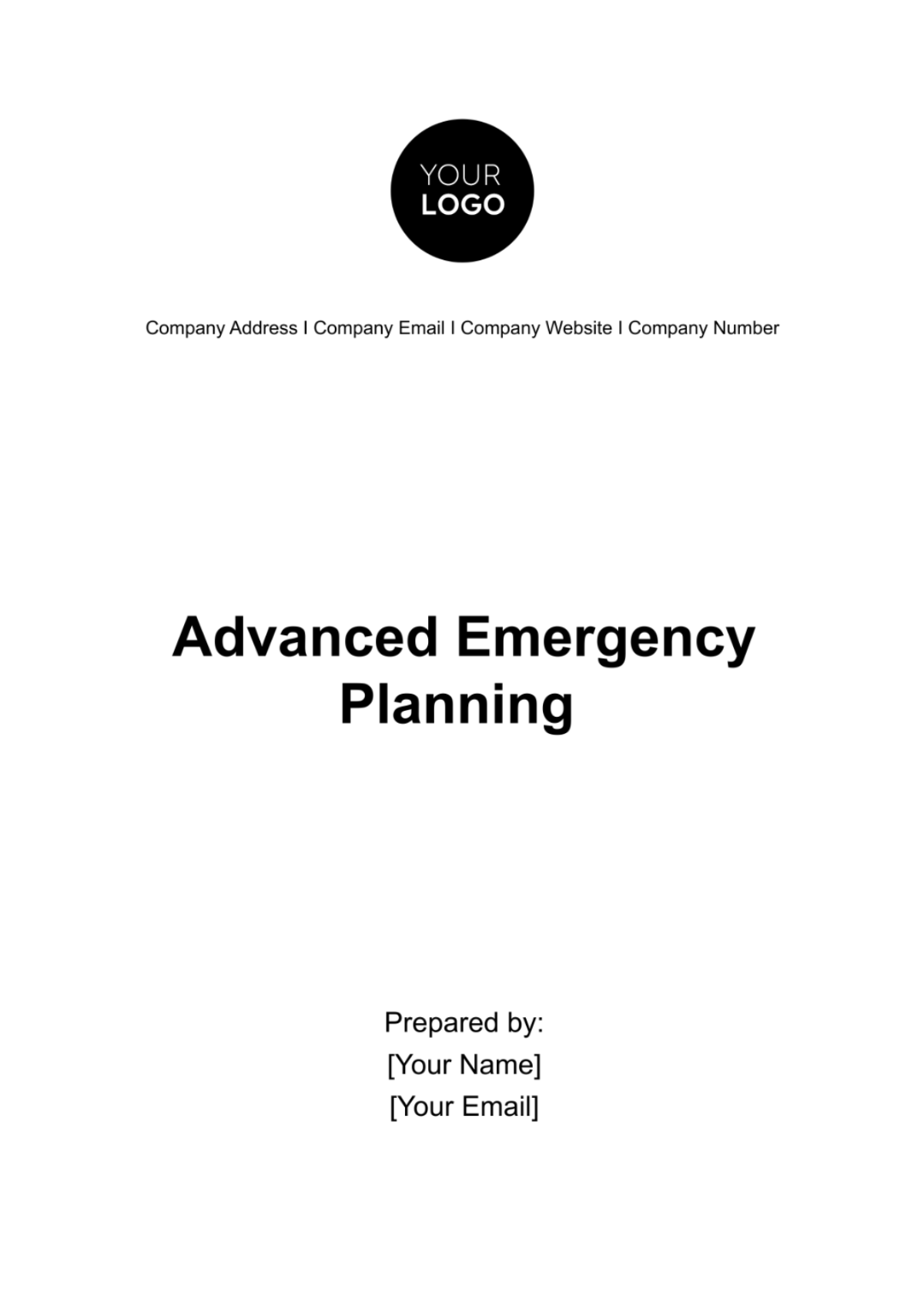Emergency Response Document
A. Introduction
Welcome to the Emergency Response Plan (ERP) of [Your Company Name]. This document outlines our commitment to ensuring the safety and well-being of our employees and visitors in the event of emergencies.
In this ERP, you will find comprehensive information on emergency procedures, contact details, evacuation plans, and more. It is essential that all employees familiarize themselves with this document to respond effectively during emergencies. Your safety is our top priority, and this plan serves as a crucial tool in achieving that goal.
B. Emergency Contacts
In case of an emergency, it is vital to have quick access to the following contacts. Please refer to the table below for the necessary information:
Contact Type | Name | Title | Phone Number | |
Internal Emergency | Gregory Benson | Safety Manager | (123) 456-7890 | greg@nd.com |
Alicia Rodriguez | HR Manager | (987) 654-3210 | al@nd.com | |
Security | Security Office | Security Supervisor | (555) 123-4567 | security@company.com |
Security Desk | Receptionist | (555) 987-6543 | reception@company.com | |
Medical Assistance | Medical Office | On-site Nurse | (111) 222-3333 | nurse@company.com |
Local Hospital | Emergency Room | (911) | - | |
External Emergency | Local Fire Department | Fire Chief | (911) | - |
Police Department | Chief of Police | (911) | - |
C. Emergency Types and Definitions
Understanding different types of emergencies is crucial for effective response. Here are seven common emergency types with their definitions:
Fire Emergency
A situation involving uncontrolled flames or smoke, posing a risk to life, property, or the environment.
Natural Disaster
Events such as earthquakes, floods, hurricanes, or tornadoes that result from natural forces and can cause significant damage.
Chemical Spill
Accidental release of hazardous chemicals into the workplace, potentially causing harm to people and the environment.
Medical Emergency
Sudden health issues or injuries requiring immediate medical attention, such as heart attacks, severe injuries, or allergic reactions.
Power Outage
A disruption in the electrical supply, leading to a loss of lighting and equipment functionality.
Evacuation
The need to vacate the premises swiftly and safely due to an immediate threat, such as a fire or gas leak.
Security Threat
Any situation involving a potential danger to the safety of individuals, such as intruders, threats of violence, or suspicious activities.
D. Evacuation Procedures
In the event of an emergency requiring evacuation, it is crucial to follow established procedures to ensure everyone's safety. Here are the steps for evacuation:
E. Emergency Response Team
In emergencies, a dedicated team plays a pivotal role in managing and mitigating risks. Here is the composition of our Emergency Response Team:
Role | Name | Contact Number | |
Safety Manager | Thaddeus Blackwood | (123) 456-7890 | t.blackwood@company.com |
HR Manager | Seraphina Nightshade | (987) 654-3210 | nightshade@company.com |
Security Supervisor | Percival Ravenscroft | (555) 123-4567 | ravenscroft@company.com |
Medical Officer | Dr. Aurelia Montague | (111) 222-3333 | ontague@company.com |
These dedicated individuals are trained to respond effectively to various emergencies, ensuring the safety and well-being of all employees and visitors. In case of an emergency, please contact the appropriate team member as listed above for prompt assistance.
F. Communication Plan
Effective communication is paramount during emergencies to ensure the safety and coordination of response efforts. Our communication plan outlines key strategies and protocols to keep all stakeholders informed and updated.
Internal Communication
Within our organization, we use the following communication methods:
Intercom System: In cases requiring immediate attention, announcements will be made over the intercom system.
Email Alerts: Critical information will be disseminated via email to all employees.
Phone Tree: A designated chain of command will make phone calls to ensure all employees are informed.
External Communication
For communication outside the organization, we utilize these channels:
Local Authorities: Contact local emergency services for reporting incidents and seeking assistance.
Media Relations: Our designated spokesperson will communicate with the media to provide accurate information and maintain our public image.
Social Media: Official updates will be posted on our social media channels to reach a broader audience.
Employee Communication Responsibilities
All employees are expected to:
Stay informed about emergency procedures by reviewing the Emergency Response Document regularly.
Follow instructions from the Emergency Response Team and communication channels.
Report their status to designated personnel in case of evacuation.
Testing and Drills
Regular drills and exercises will be conducted to ensure the effectiveness of our communication plan. Feedback will be incorporated to improve response and coordination.
Our communication plan is designed to align with US health and safety standards, providing clear and efficient communication during emergencies. Regular training and awareness campaigns will help maintain readiness among our employees. Your cooperation is crucial in ensuring the success of this plan and the safety of all.
G. First Aid and Medical Assistance
In any emergency, access to first aid and medical assistance is paramount. This section outlines the resources and procedures in place to provide immediate care and obtain necessary medical help.
On-Site Medical Resources
Our facility is equipped with first aid kits, automated external defibrillators (AEDs), and essential medical supplies strategically placed throughout the premises.
Qualified staff members, including our on-site nurse, Dr. Aurelia Montague, are available to provide initial medical assistance.
First Aid Procedures
In the event of an injury or medical emergency, employees should seek assistance from our on-site medical staff or designated first aid providers.
First aid stations are clearly marked, and their locations can be found on facility maps.
Emergency Medical Services
For serious injuries or medical emergencies requiring off-site medical attention, local emergency services should be contacted immediately by dialing 911.
Employees are encouraged to provide as much information as possible regarding the situation and location.
Training and Awareness
Regular first aid and CPR training sessions are conducted to ensure employees are equipped with the skills needed to provide immediate assistance.
Awareness campaigns educate employees on the location of first aid resources and the importance of prompt reporting.
Review and Maintenance
First aid kits and AEDs are regularly inspected and replenished to ensure their readiness.
Medical protocols are reviewed periodically to align with current best practices and US health and safety standards.
By prioritizing immediate medical care and response, we can minimize the impact of injuries and health-related emergencies, fostering a safer workplace for all employees and visitors. Please familiarize yourself with the location of first aid stations and the procedures outlined in this section. Your quick actions can make a significant difference in emergency situations.
Recovery and Post-Emergency Actions
Once an emergency has been resolved, it is crucial to transition smoothly into the recovery phase and take necessary actions to restore normal operations. This section outlines the steps to be taken following an emergency:
Assessment and Documentation
Conduct a thorough assessment of the situation, including damage to property, injuries, and other impacts.
Document all relevant information, such as incident reports, photographs, and witness statements.
Employee Support
Ensure the well-being of affected employees by providing necessary medical care, counseling, or support services.
Communicate with employees and keep them informed about the situation and recovery efforts.
Repairs and Restoration
Initiate repairs to any damaged facilities or equipment promptly.
Ensure the safety and integrity of the workplace before allowing employees to return.
Review and Improvement
Conduct a post-incident review to evaluate the effectiveness of the emergency response and identify areas for improvement.
Update the Emergency Response Document as needed based on lessons learned.
Communication
Communicate with external stakeholders, such as clients, suppliers, and regulatory agencies, as required.
Maintain transparency and provide accurate information to minimize any reputational damage.
I. Emergency Resources and Equipment
This section provides an inventory of essential resources and equipment available to respond effectively to various emergencies. Here is a list of the items:
|
|
Training and Drills
Proper training and regular drills are integral to ensuring that employees are well-prepared to respond effectively during emergencies. This section outlines our commitment to training and drills as essential components of our emergency preparedness:
Employee Training
All employees receive comprehensive training on emergency procedures, including evacuation, first aid, and hazard recognition.
Training sessions are conducted periodically to ensure everyone remains informed and skilled.
Emergency Drills
Regular emergency drills and exercises are conducted to simulate various emergency scenarios.
These drills help evaluate the effectiveness of our response and identify areas for improvement.
Documentation
Records of training sessions and drill evaluations are maintained for compliance and continuous improvement.
Employee feedback and lessons learned from drills are used to refine our emergency response procedures.
Our dedication to training and drills ensures that all employees are equipped with the knowledge and skills necessary to respond confidently in emergency situations, contributing to a safer work environment for all. Your active participation in training and drills is greatly appreciated and crucial to our collective safety.
